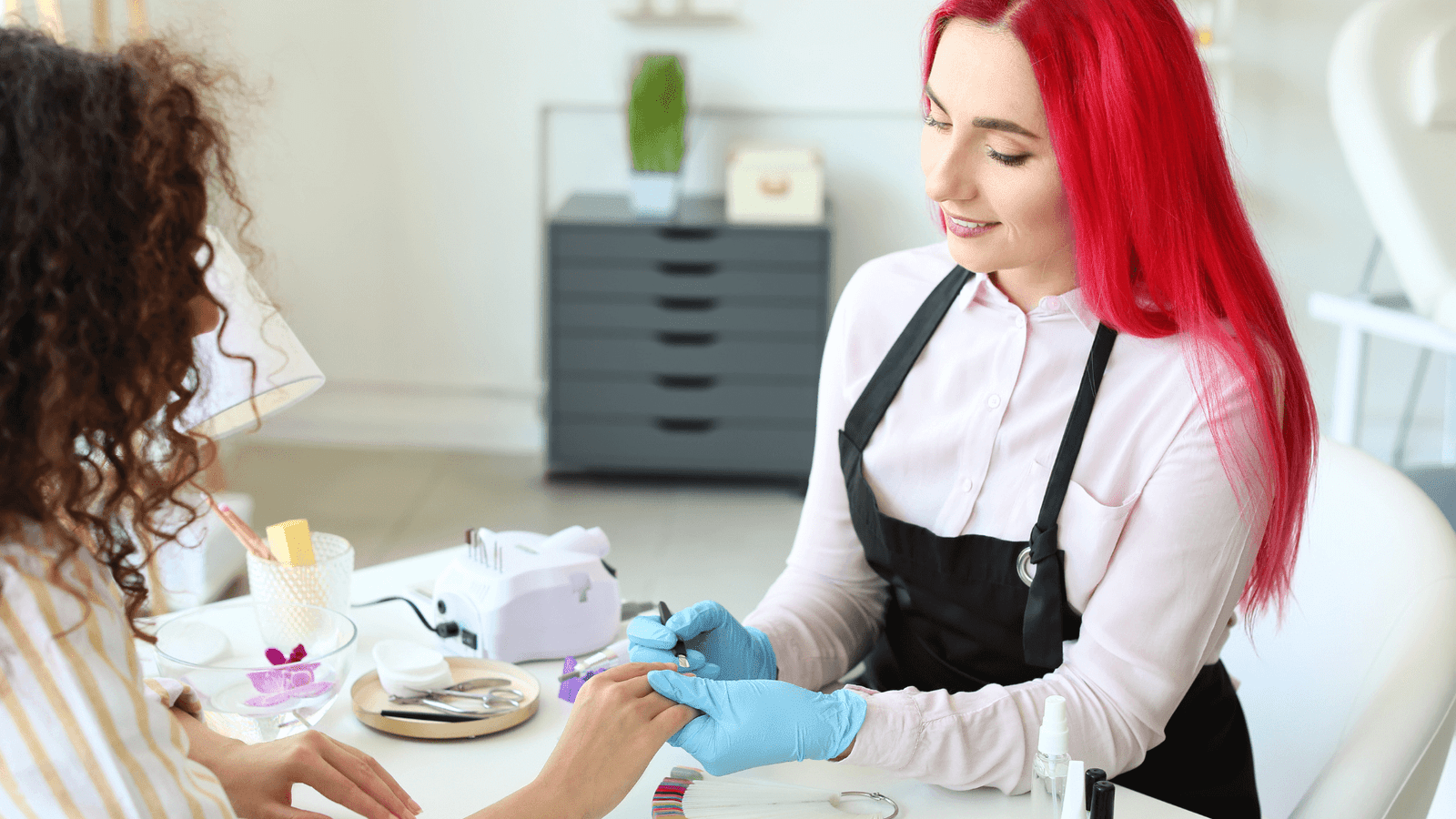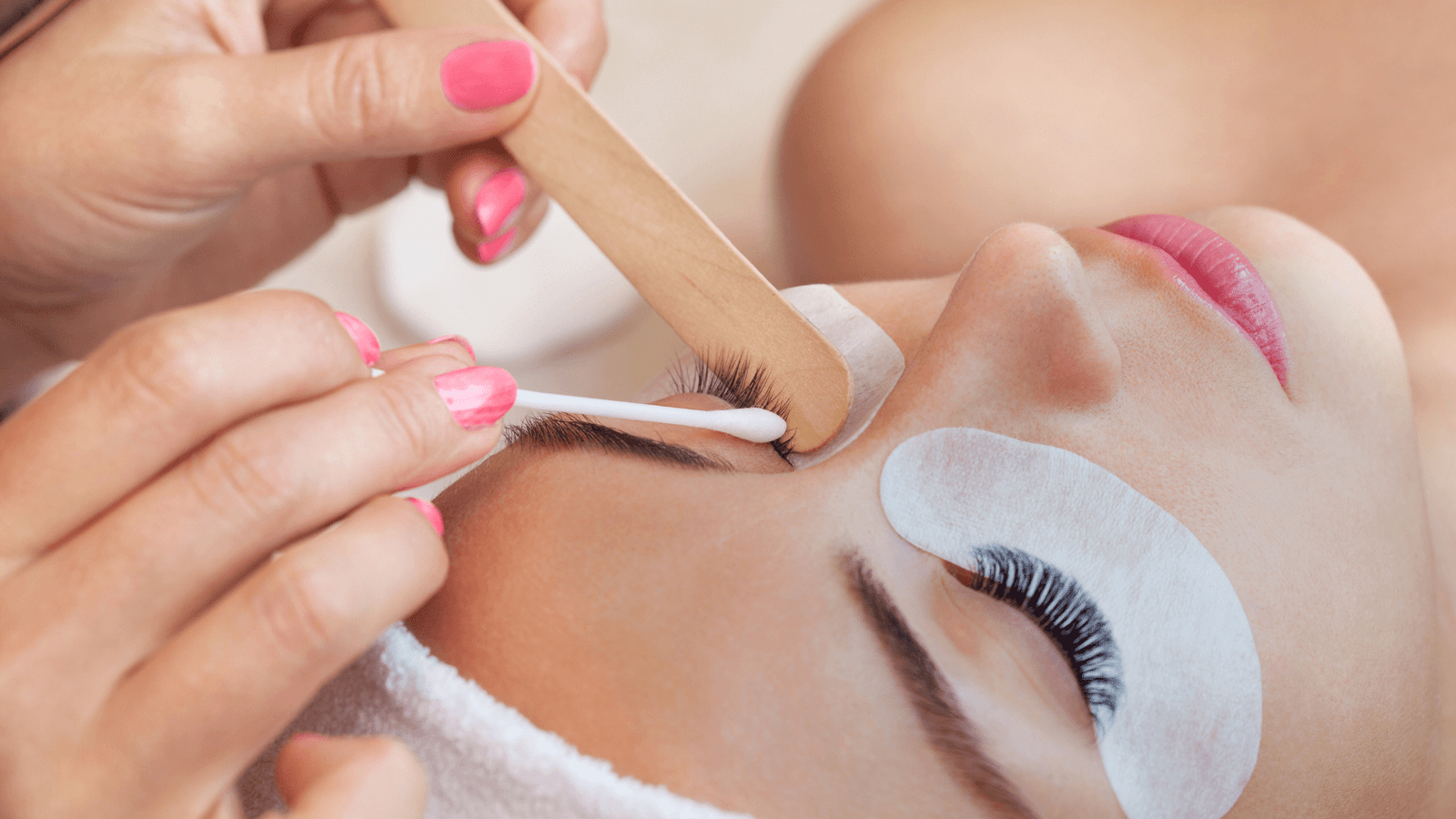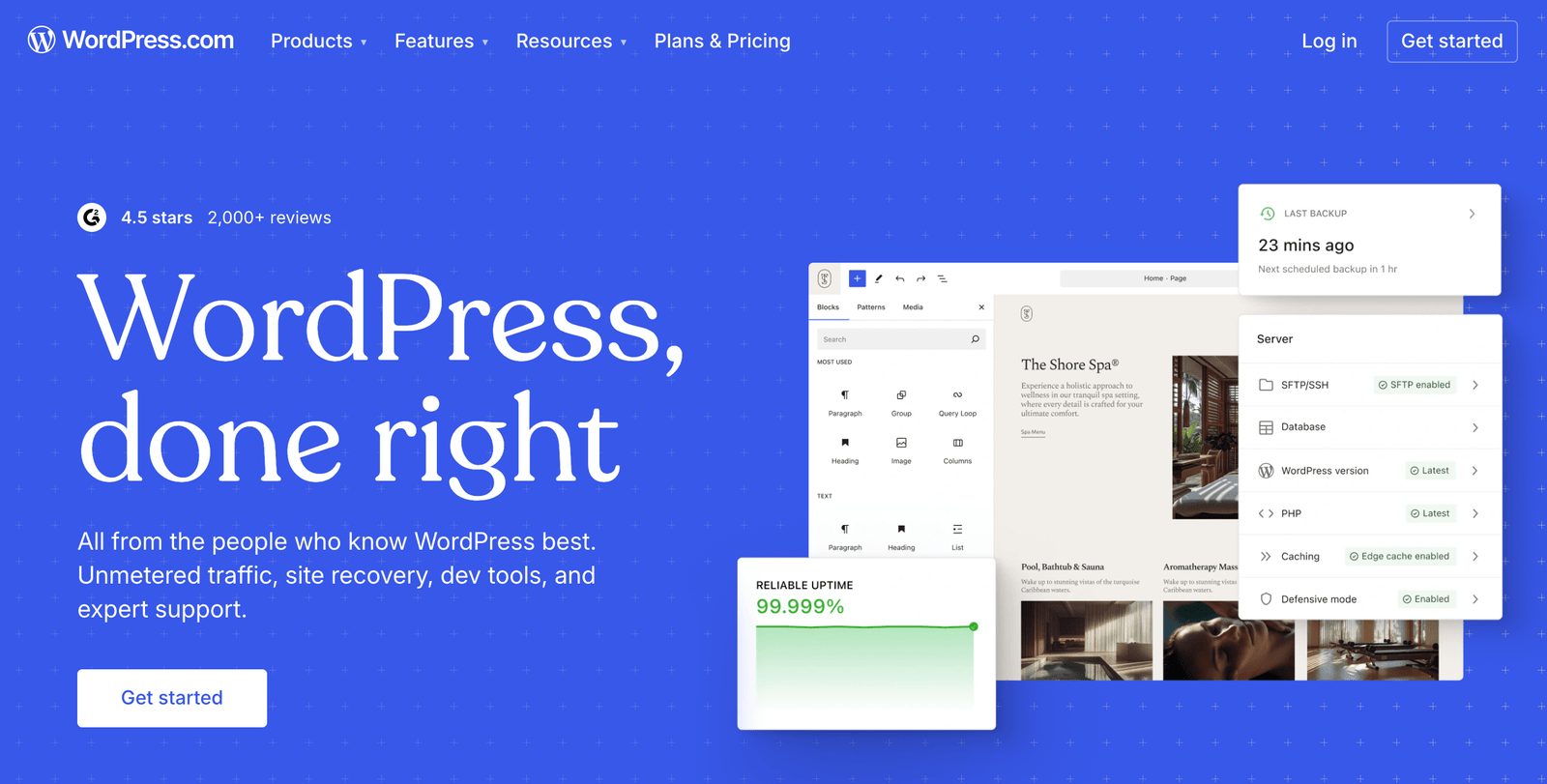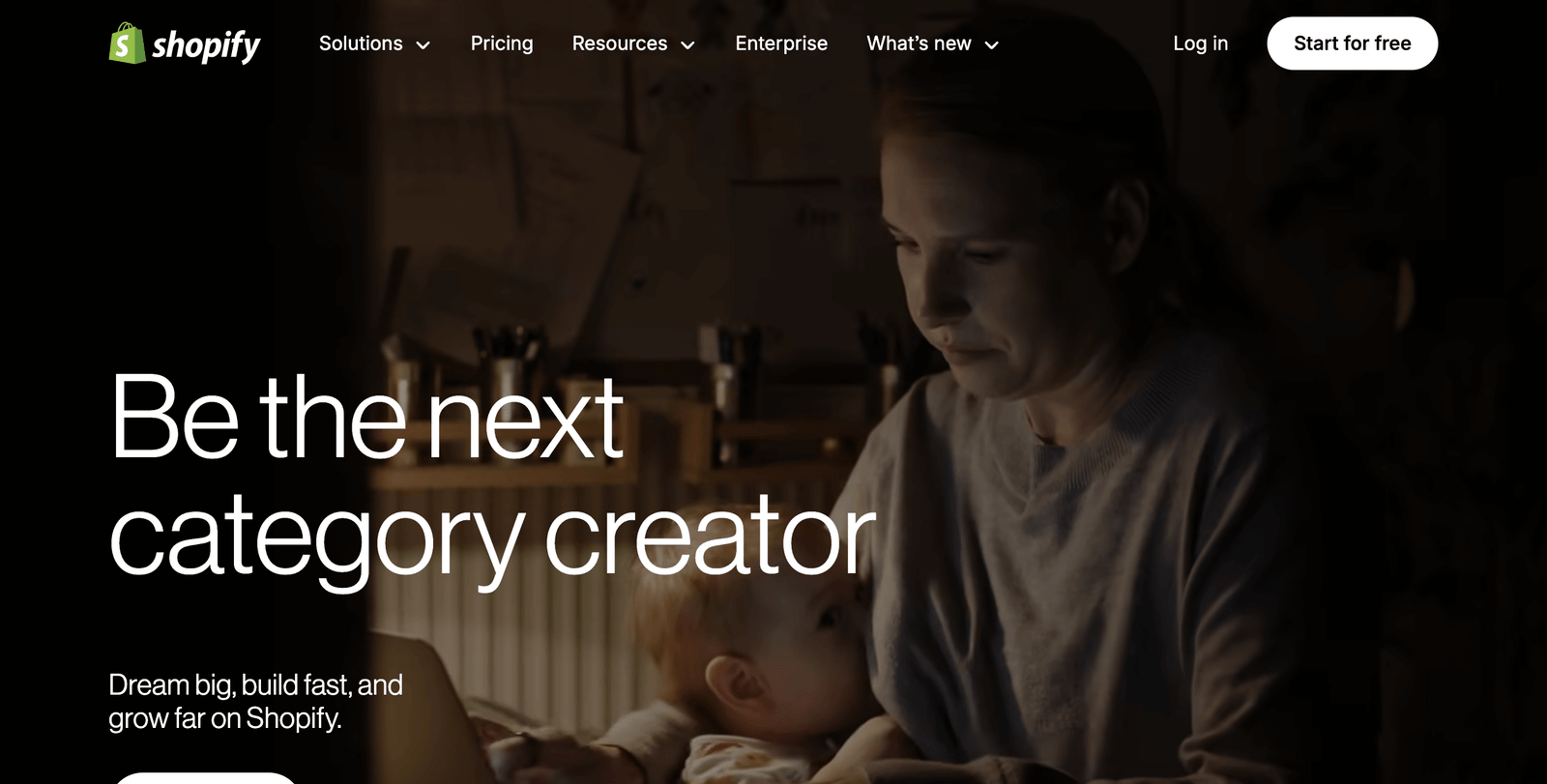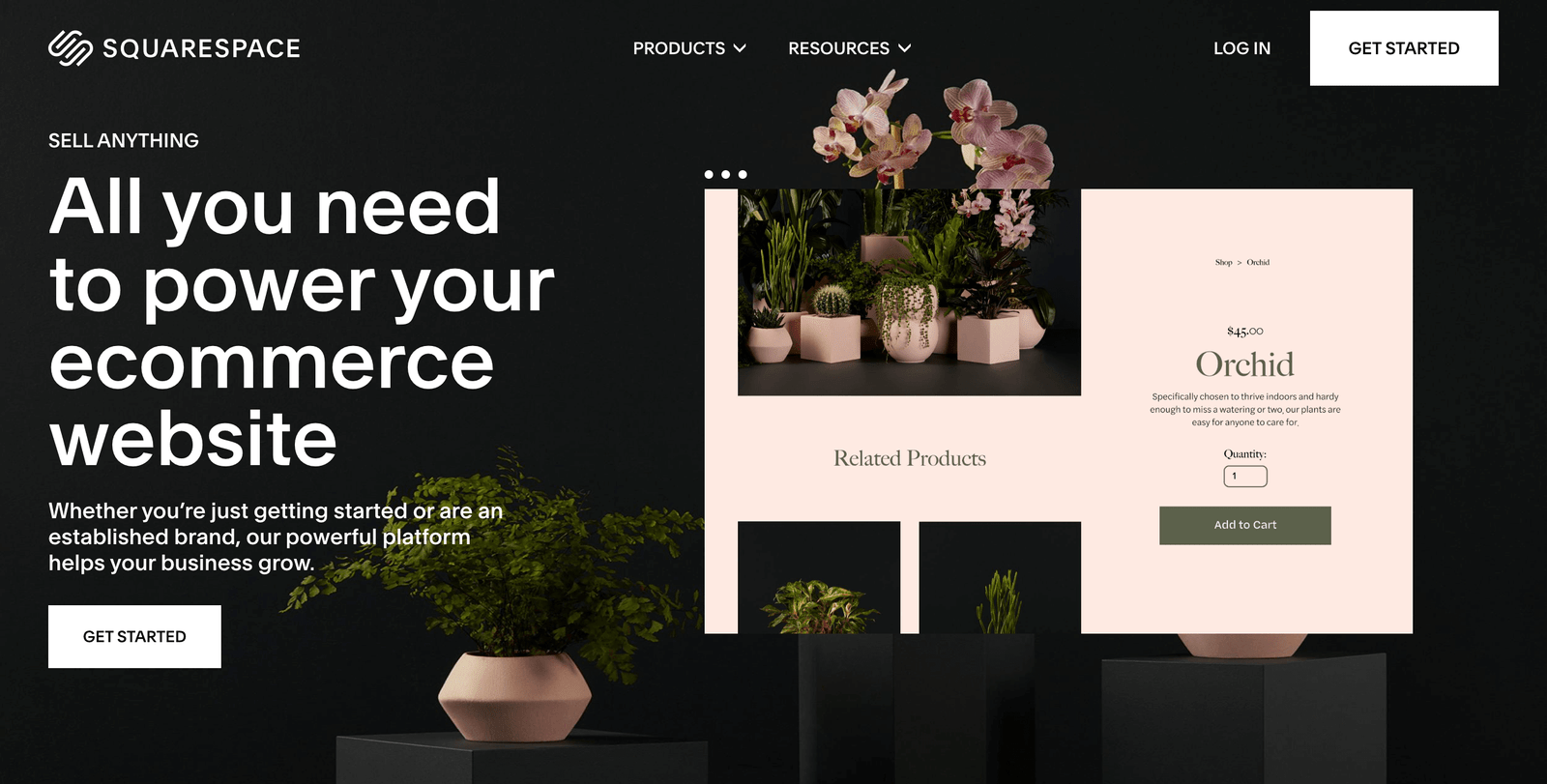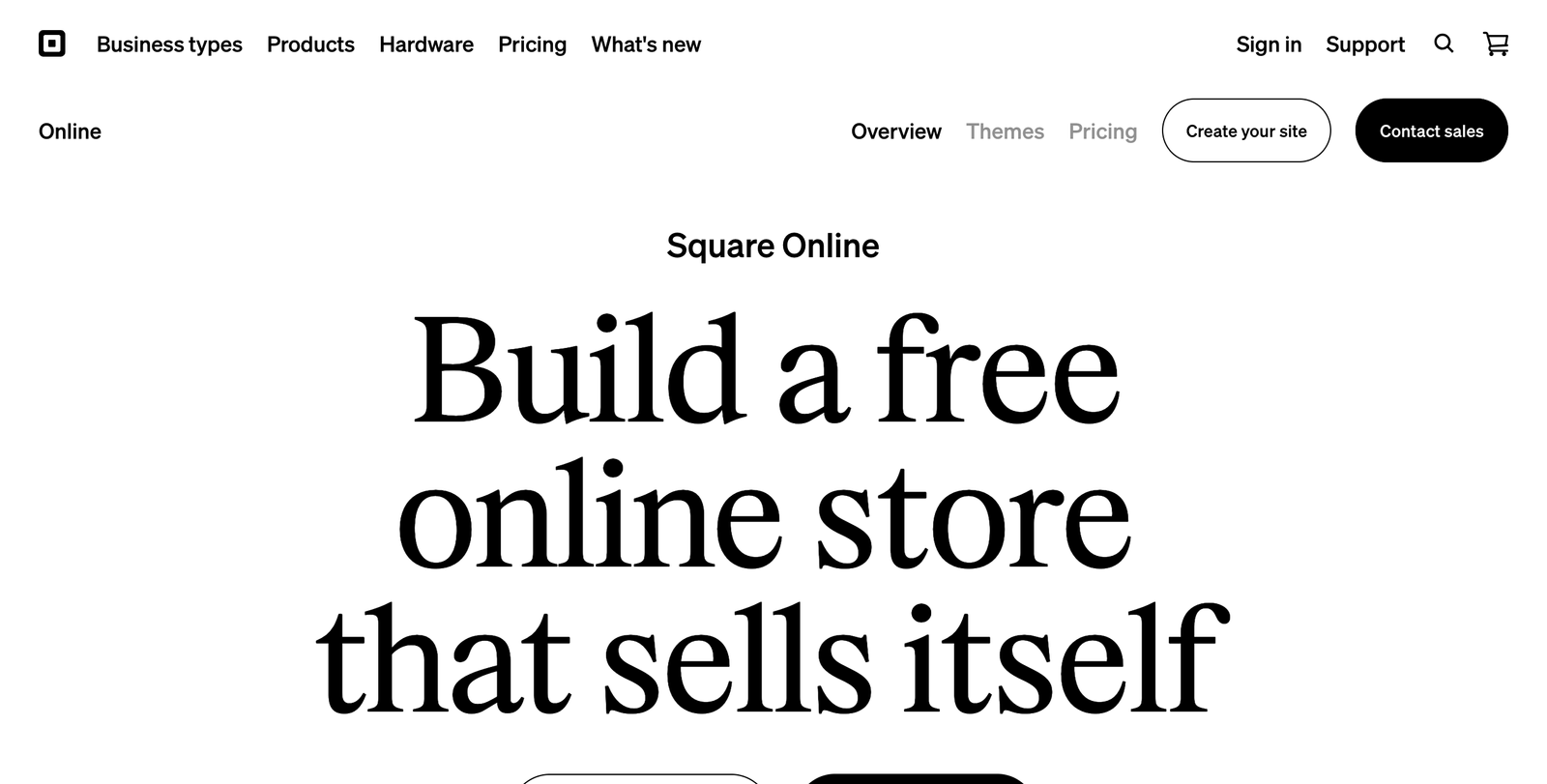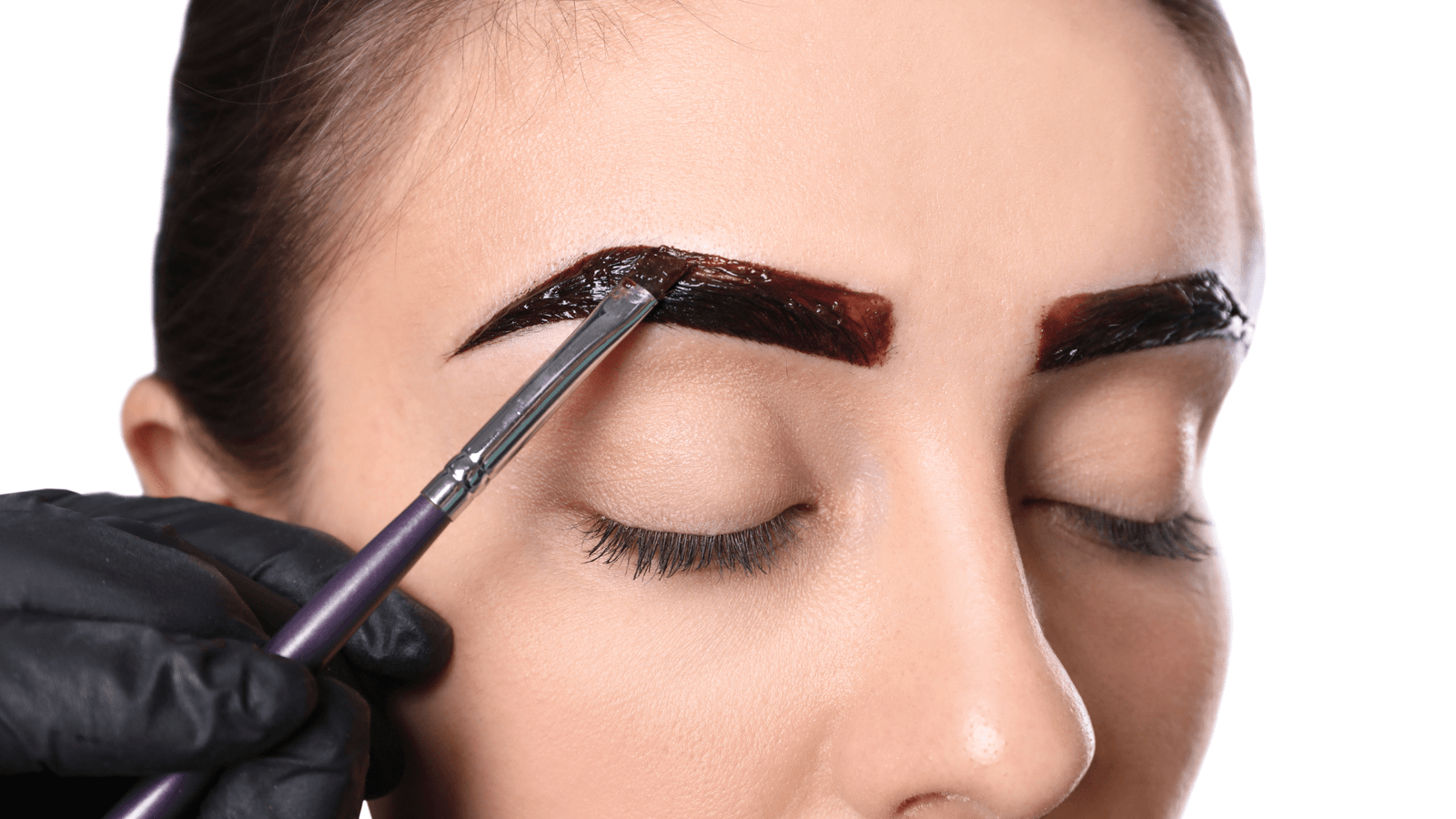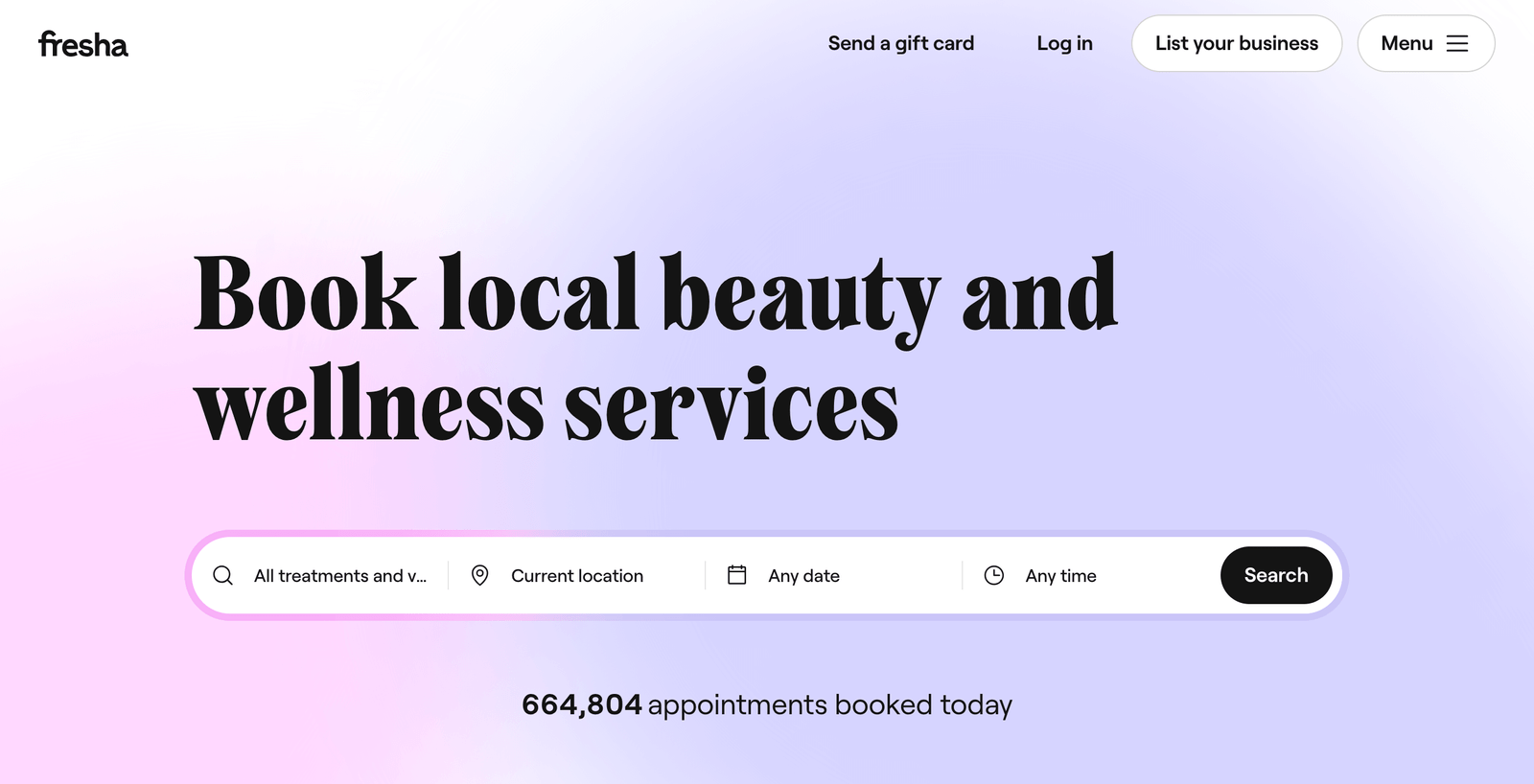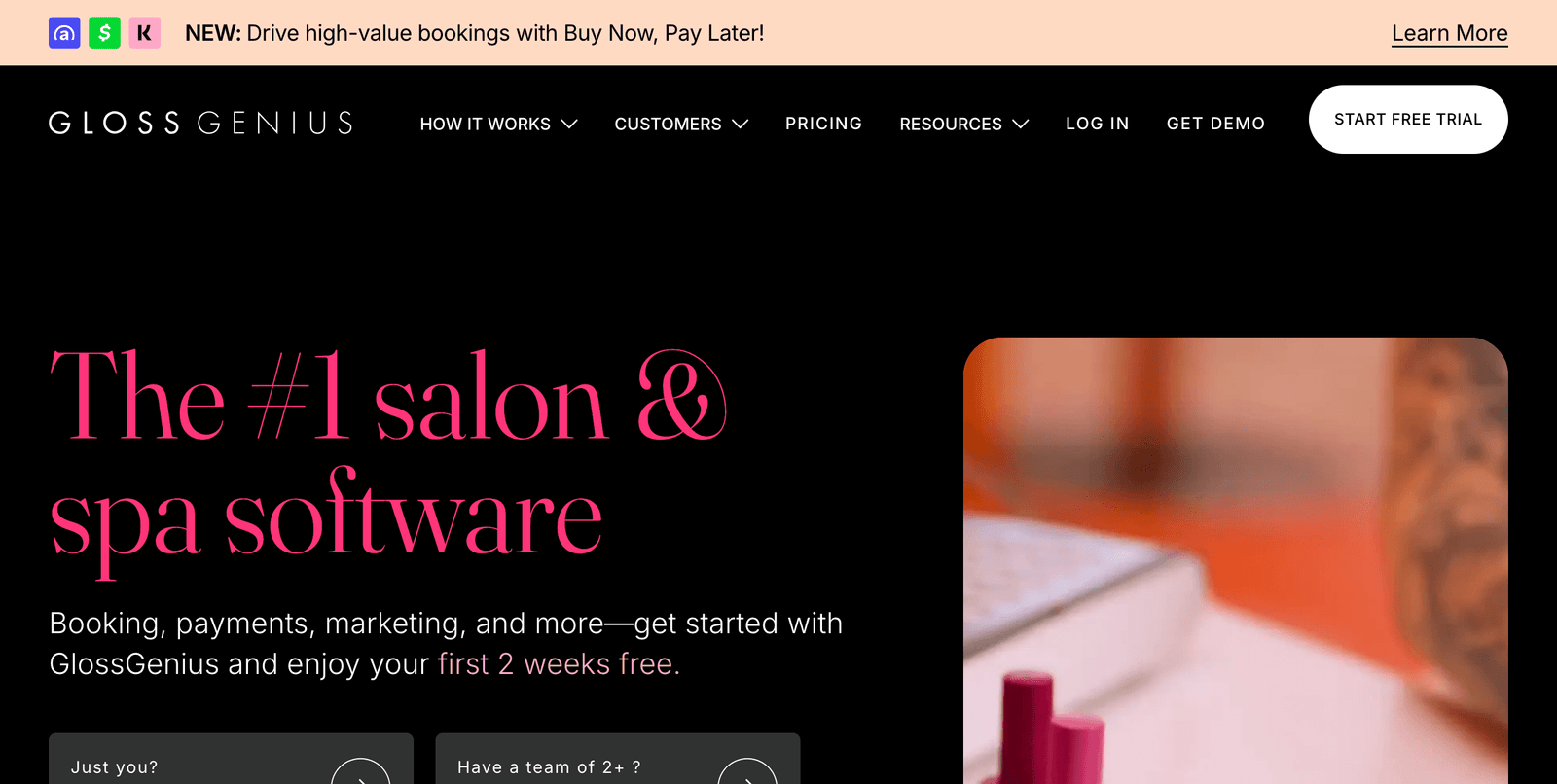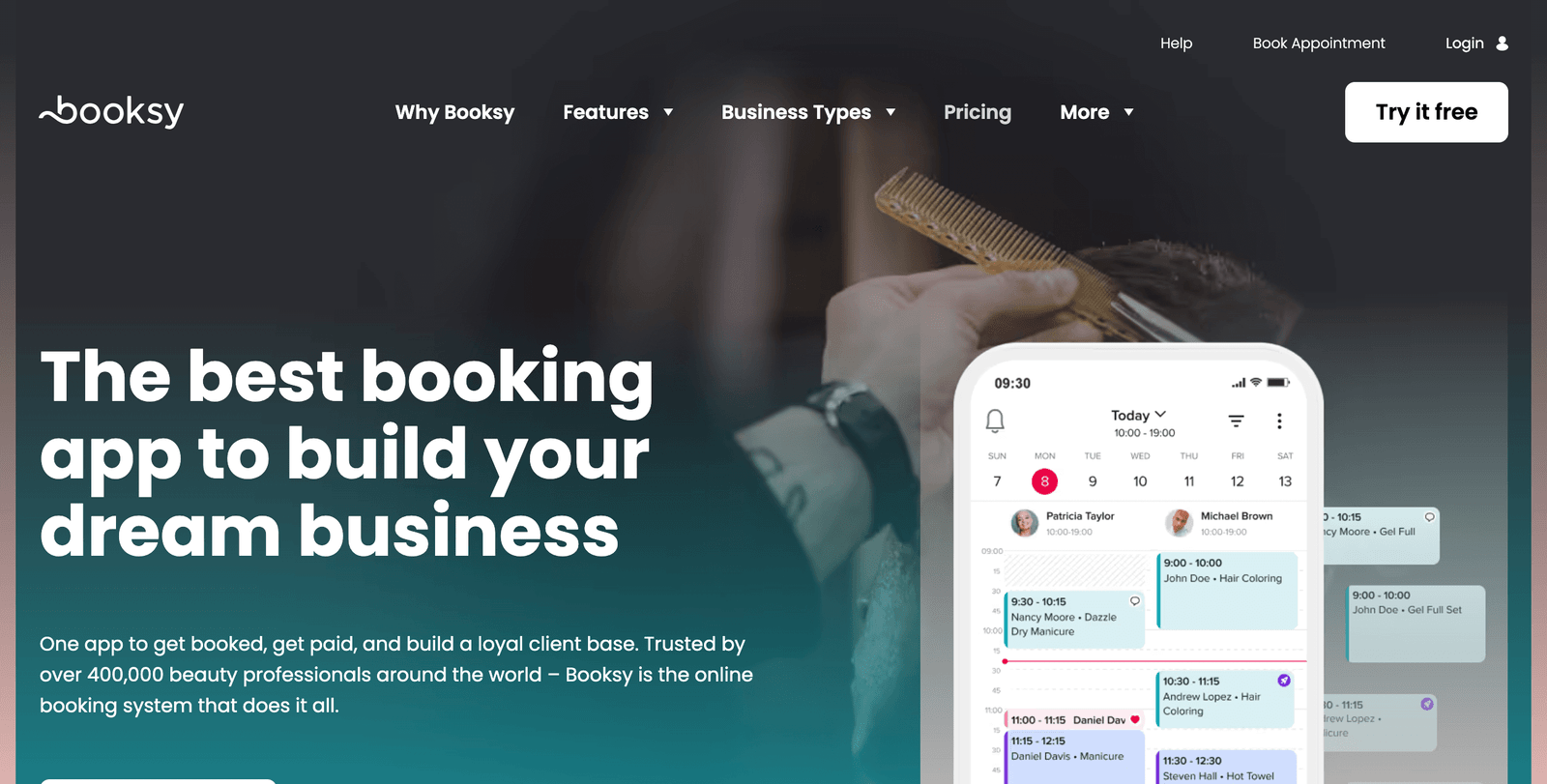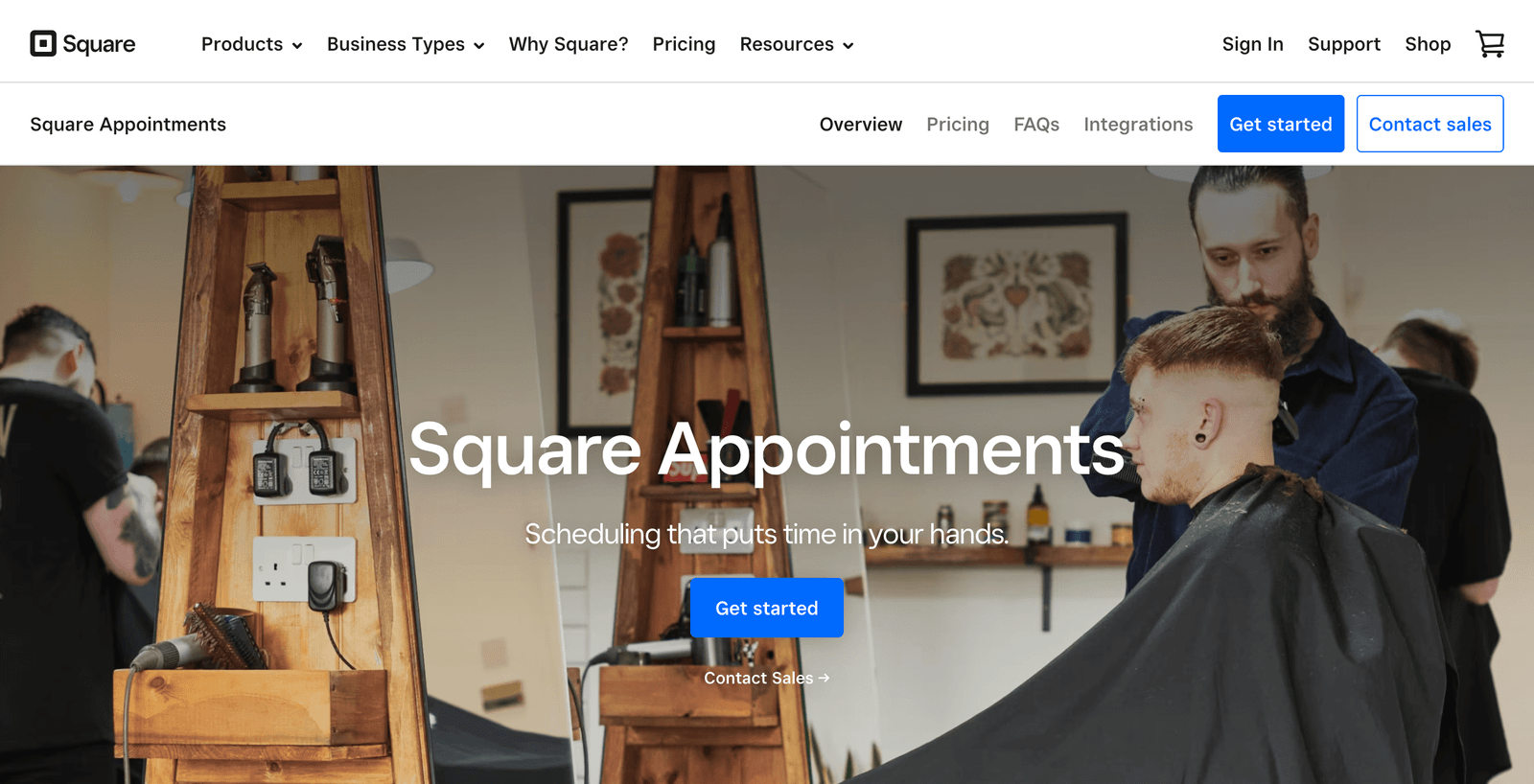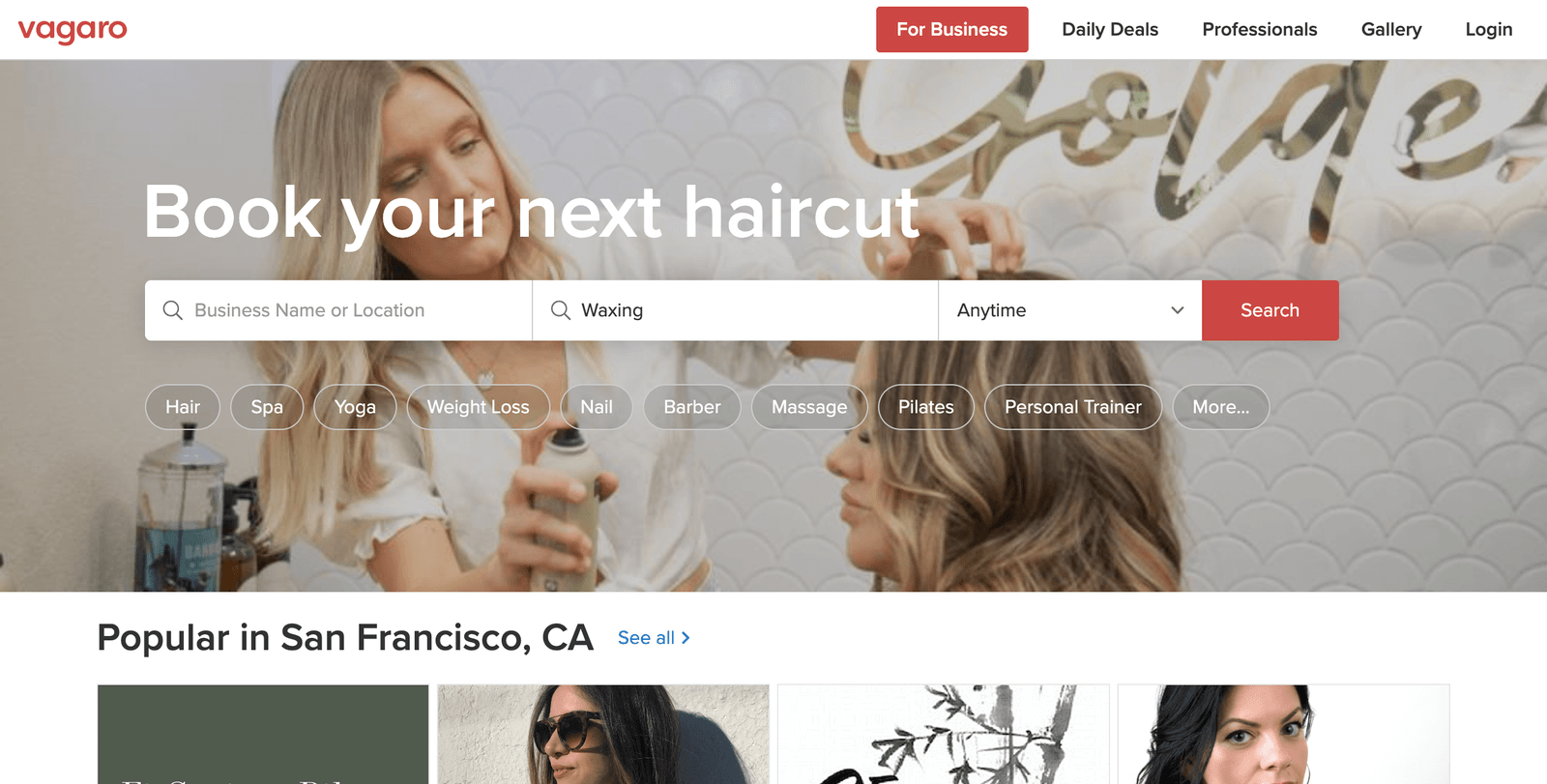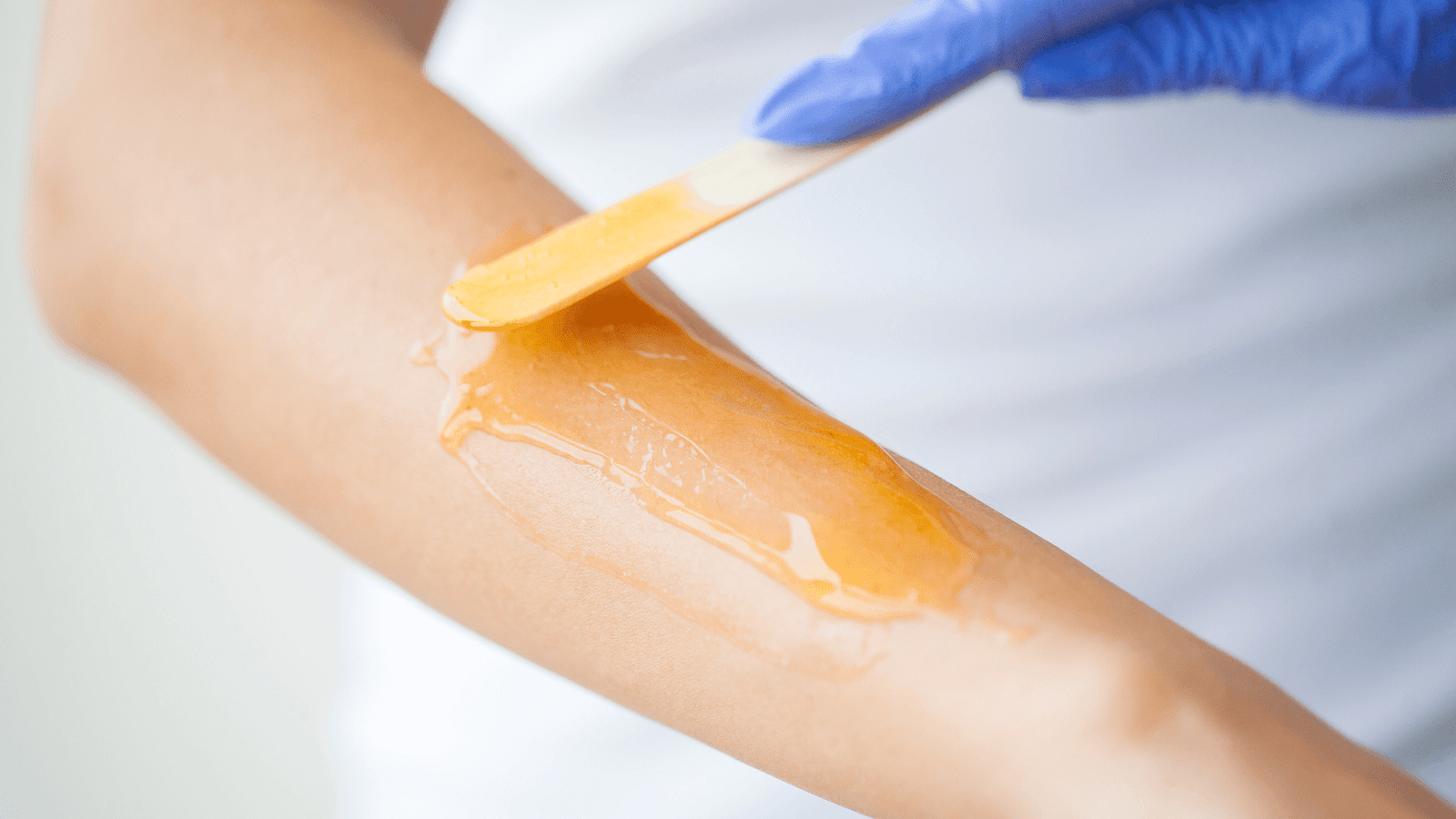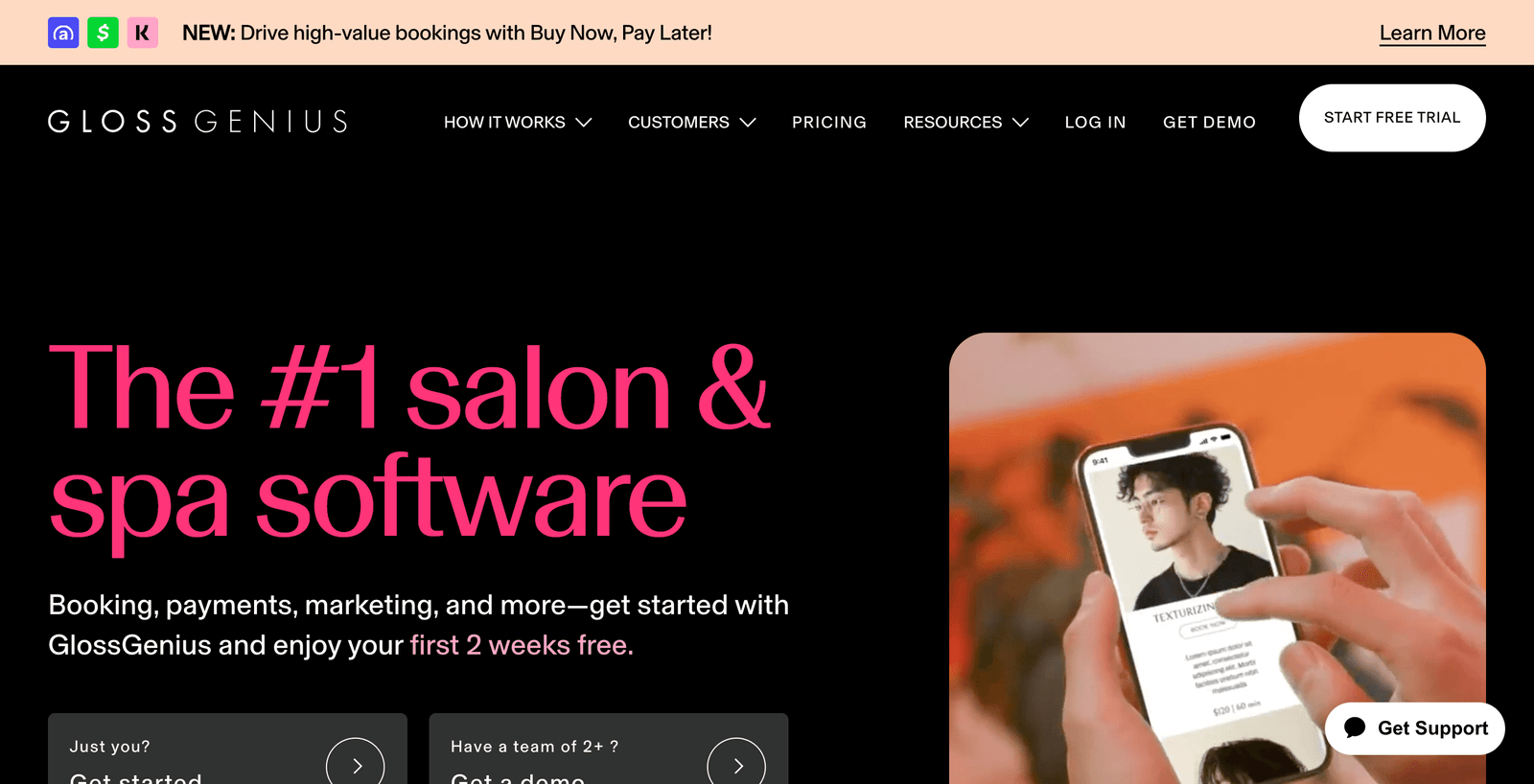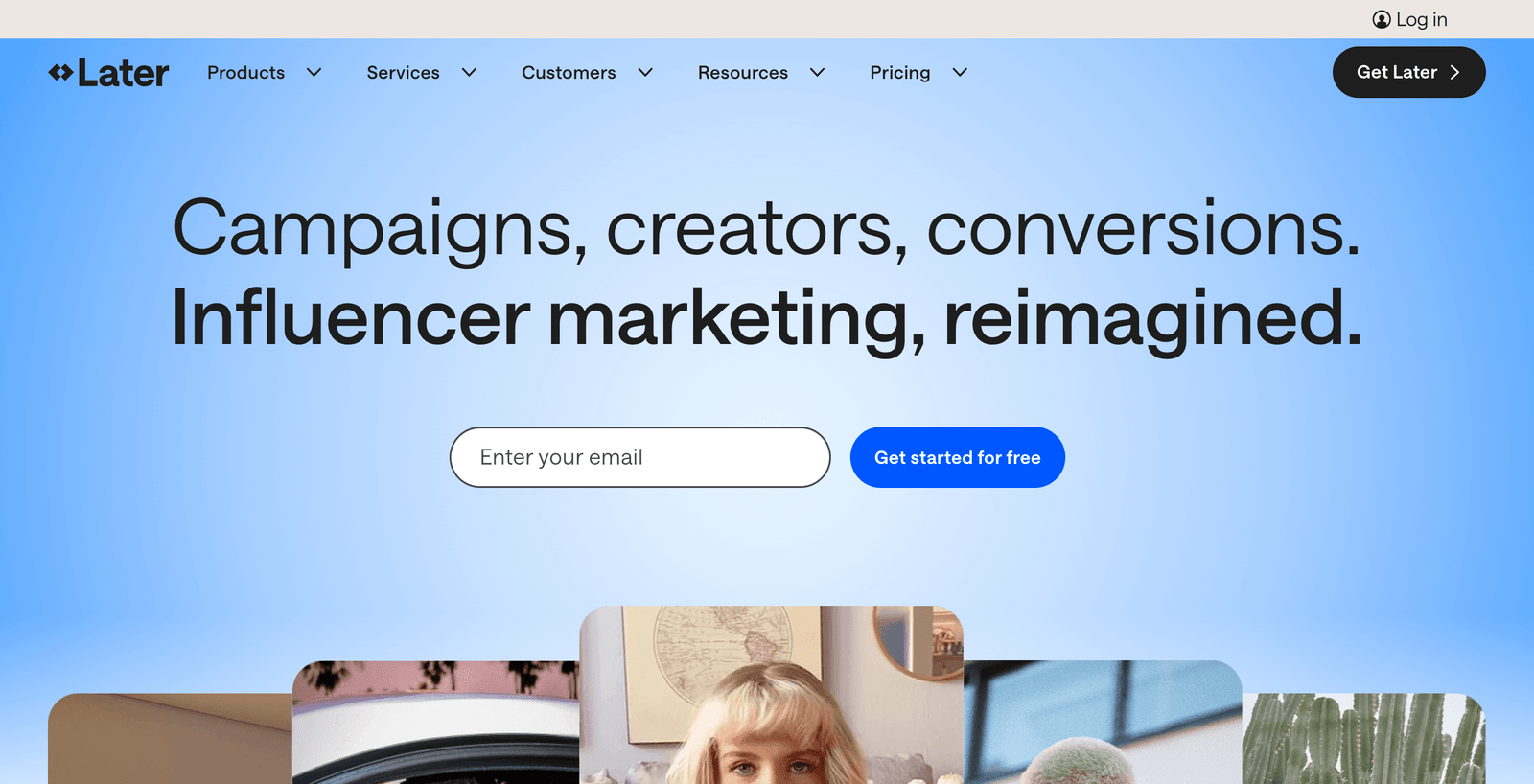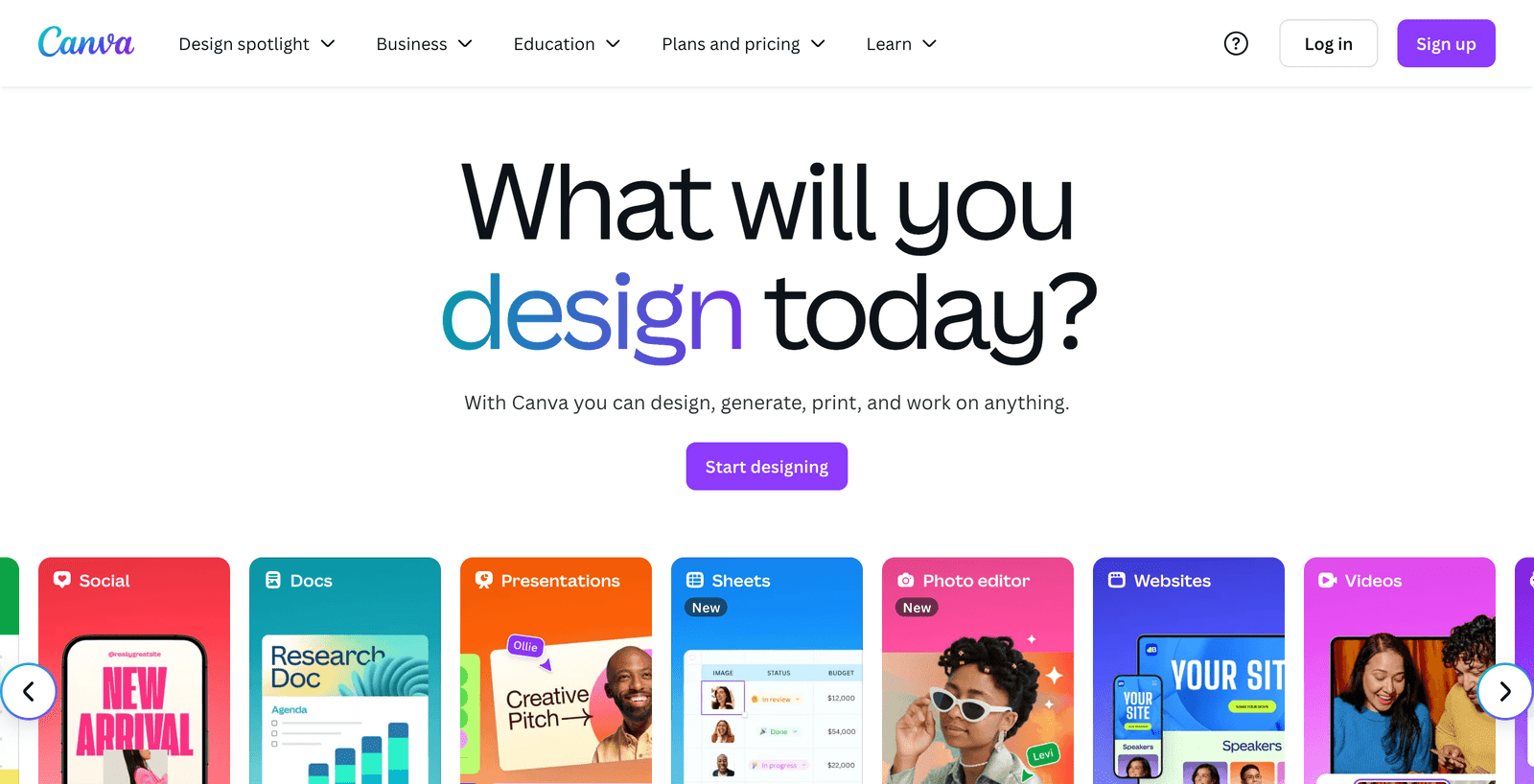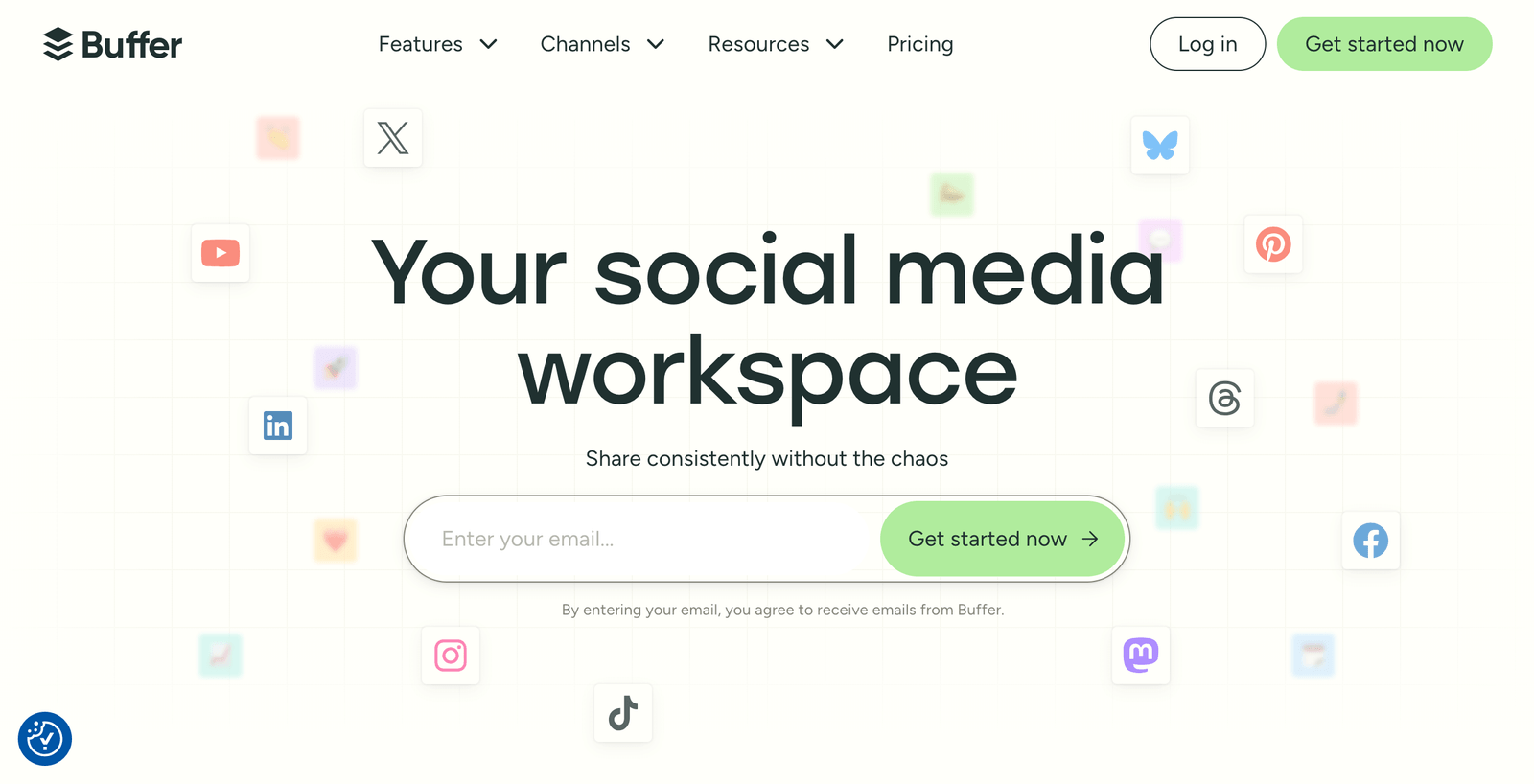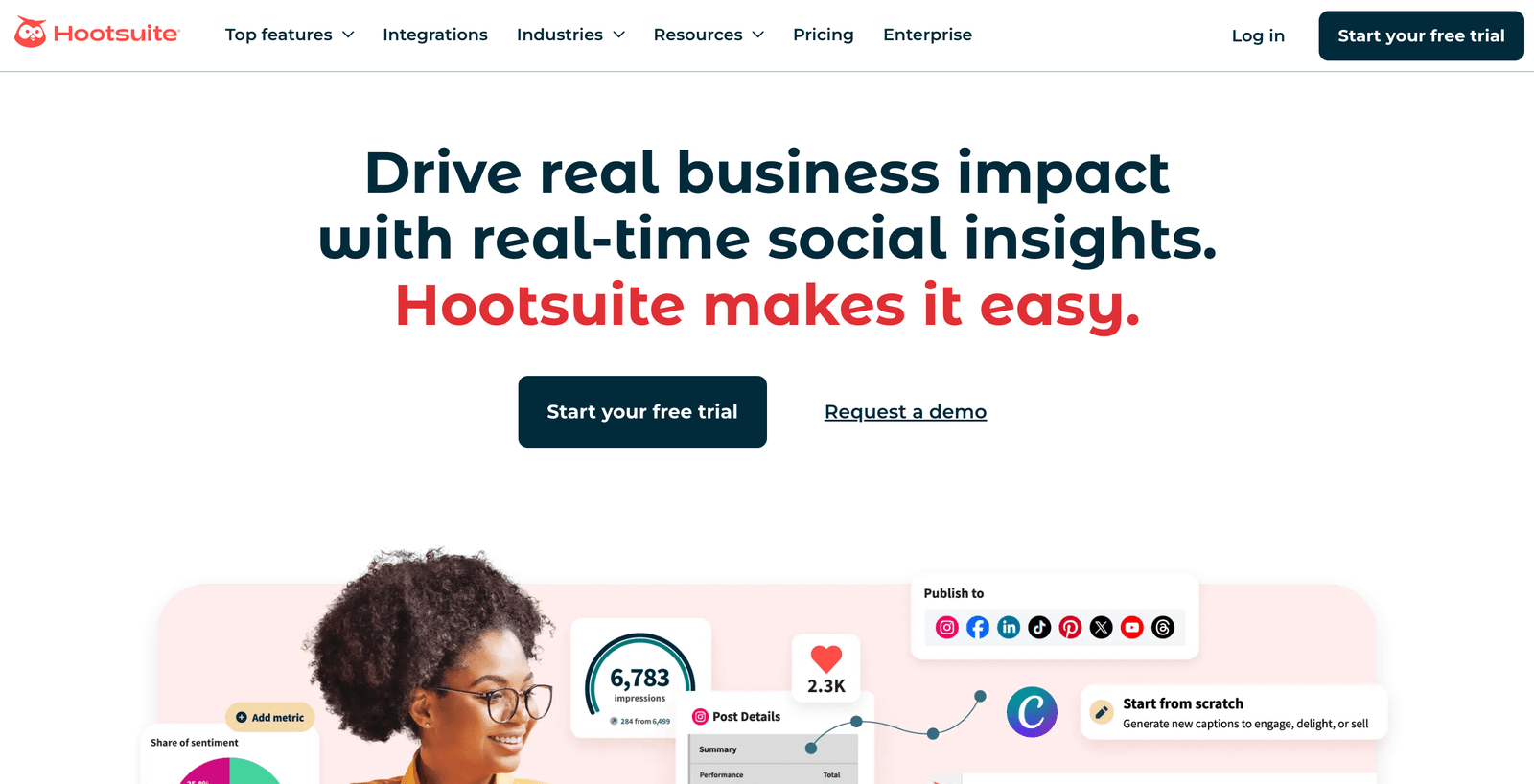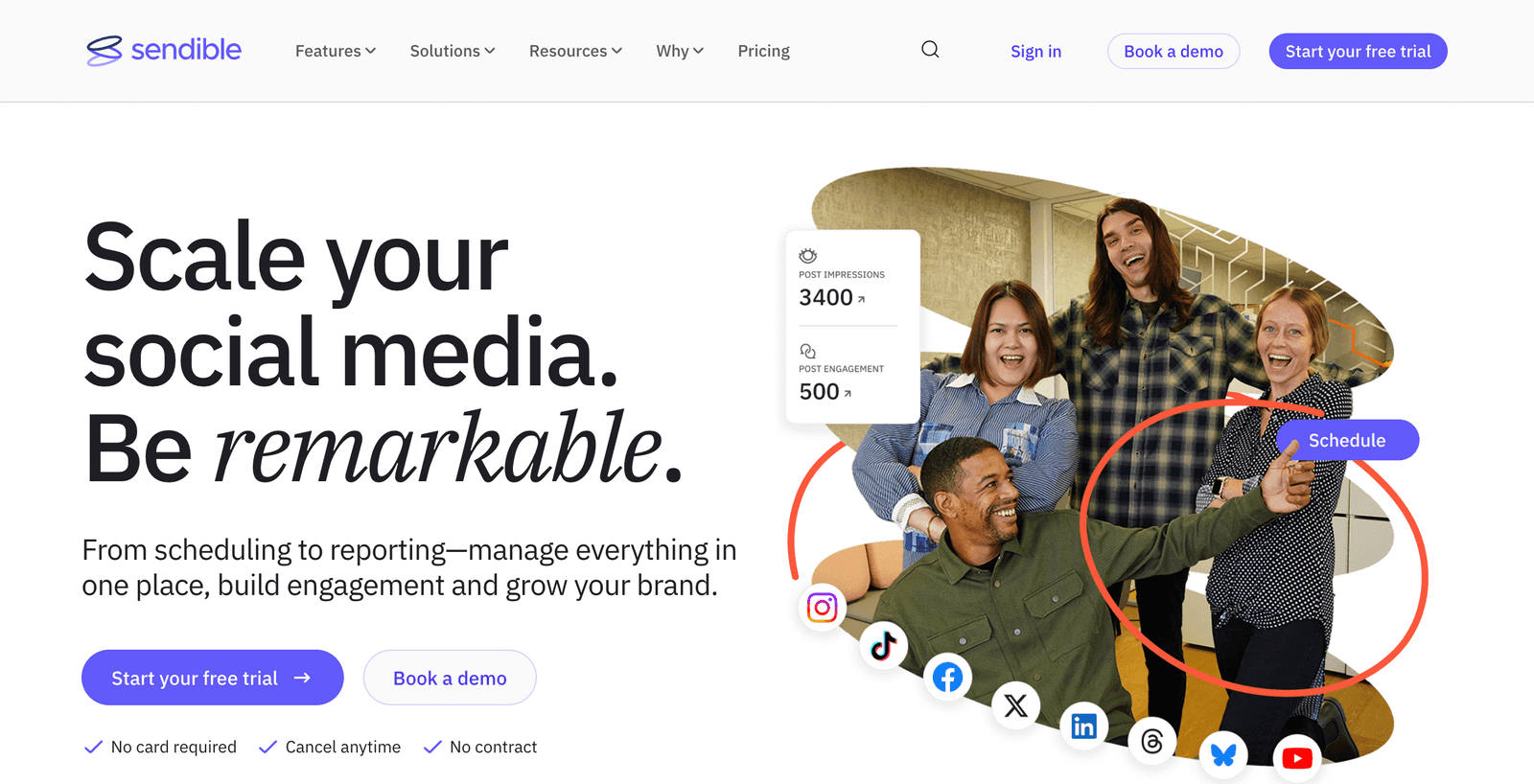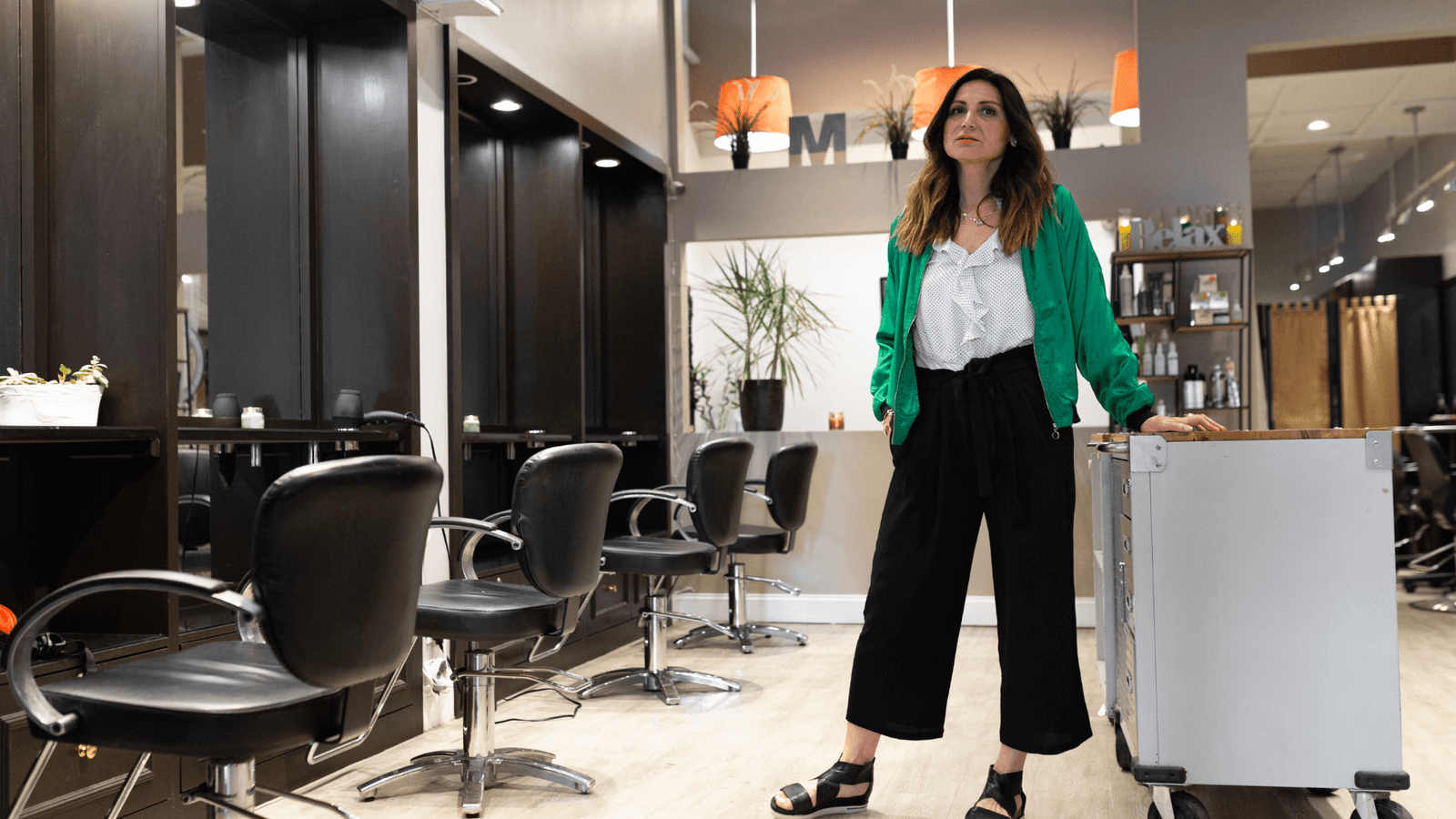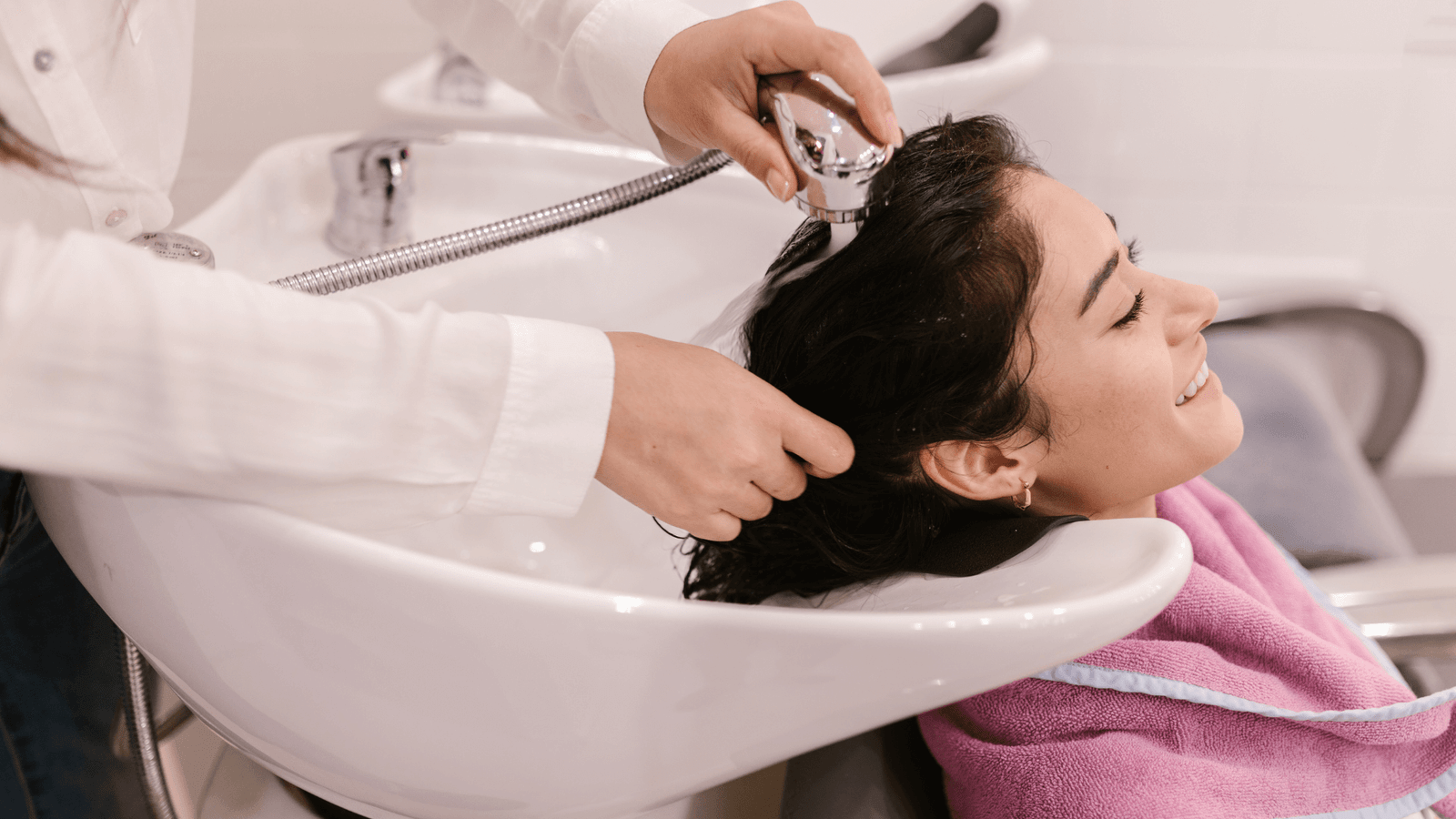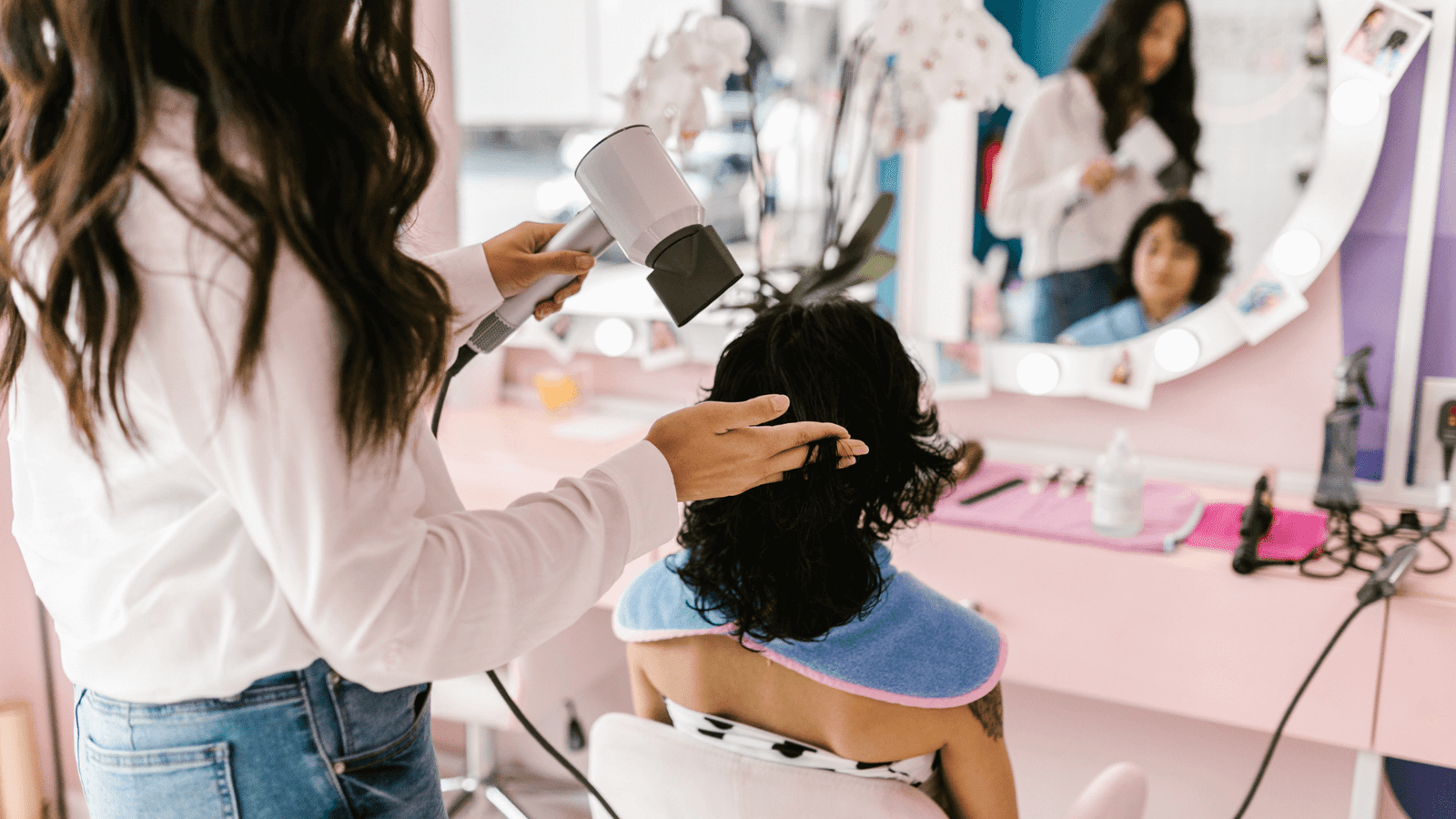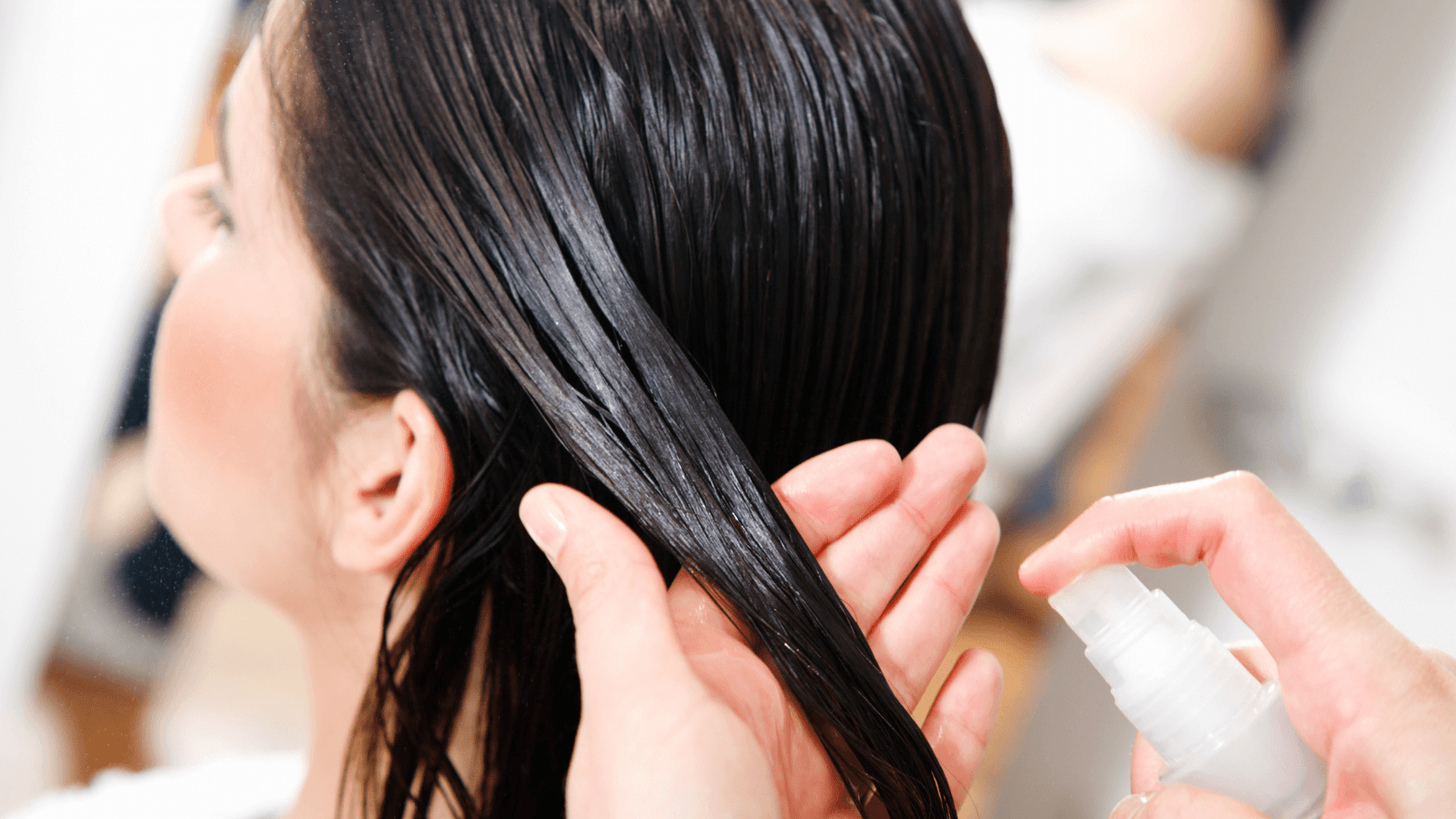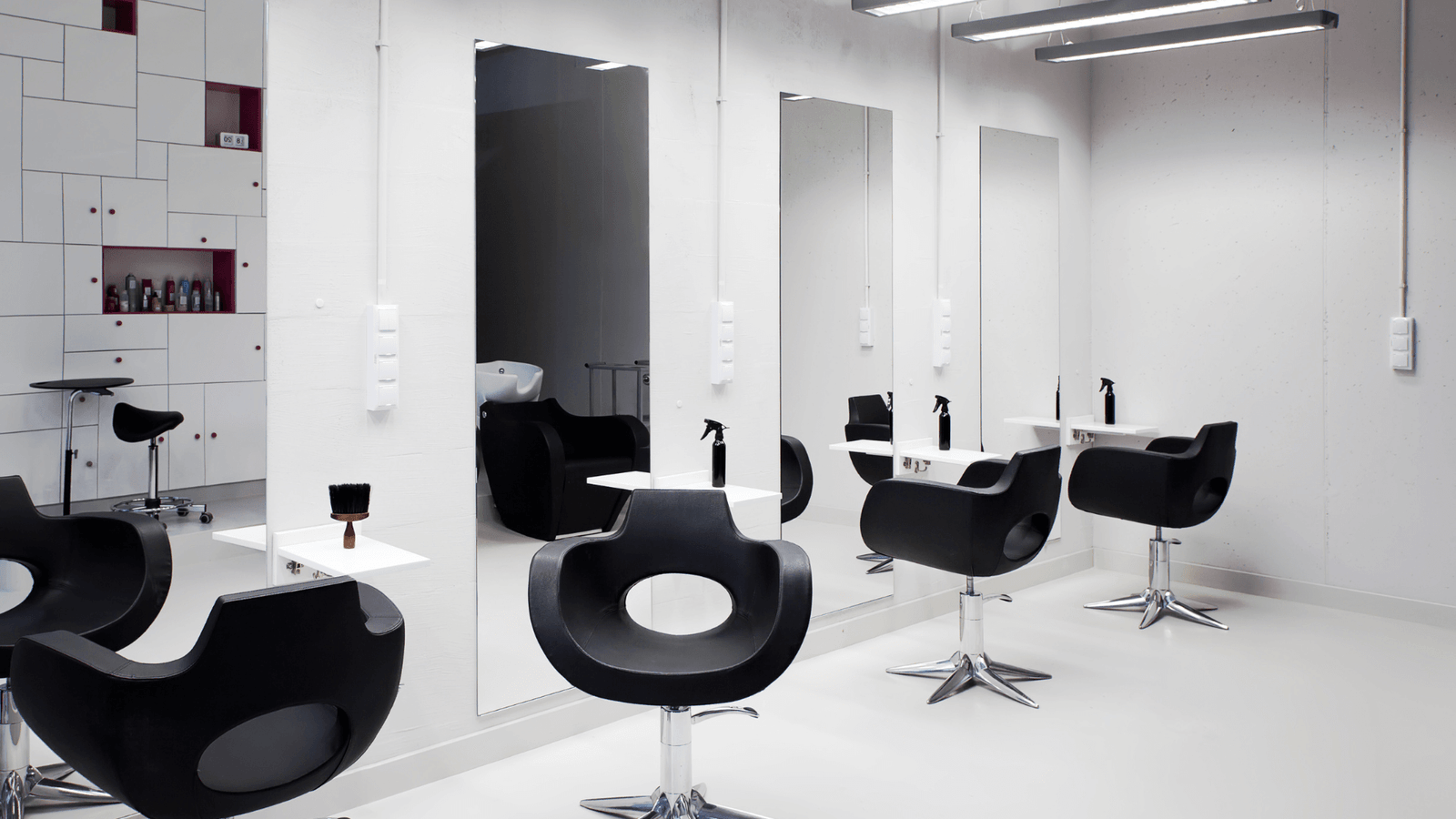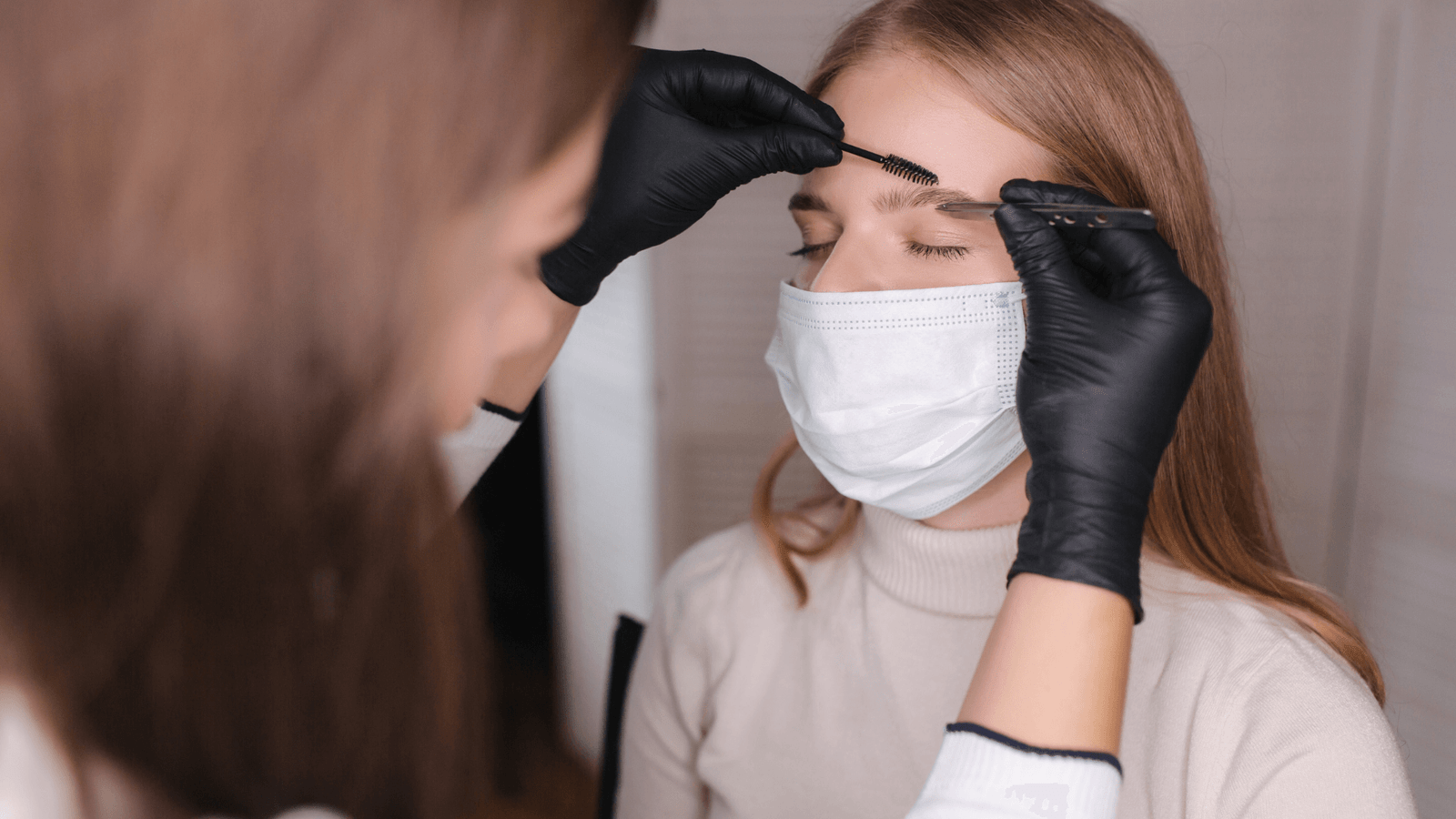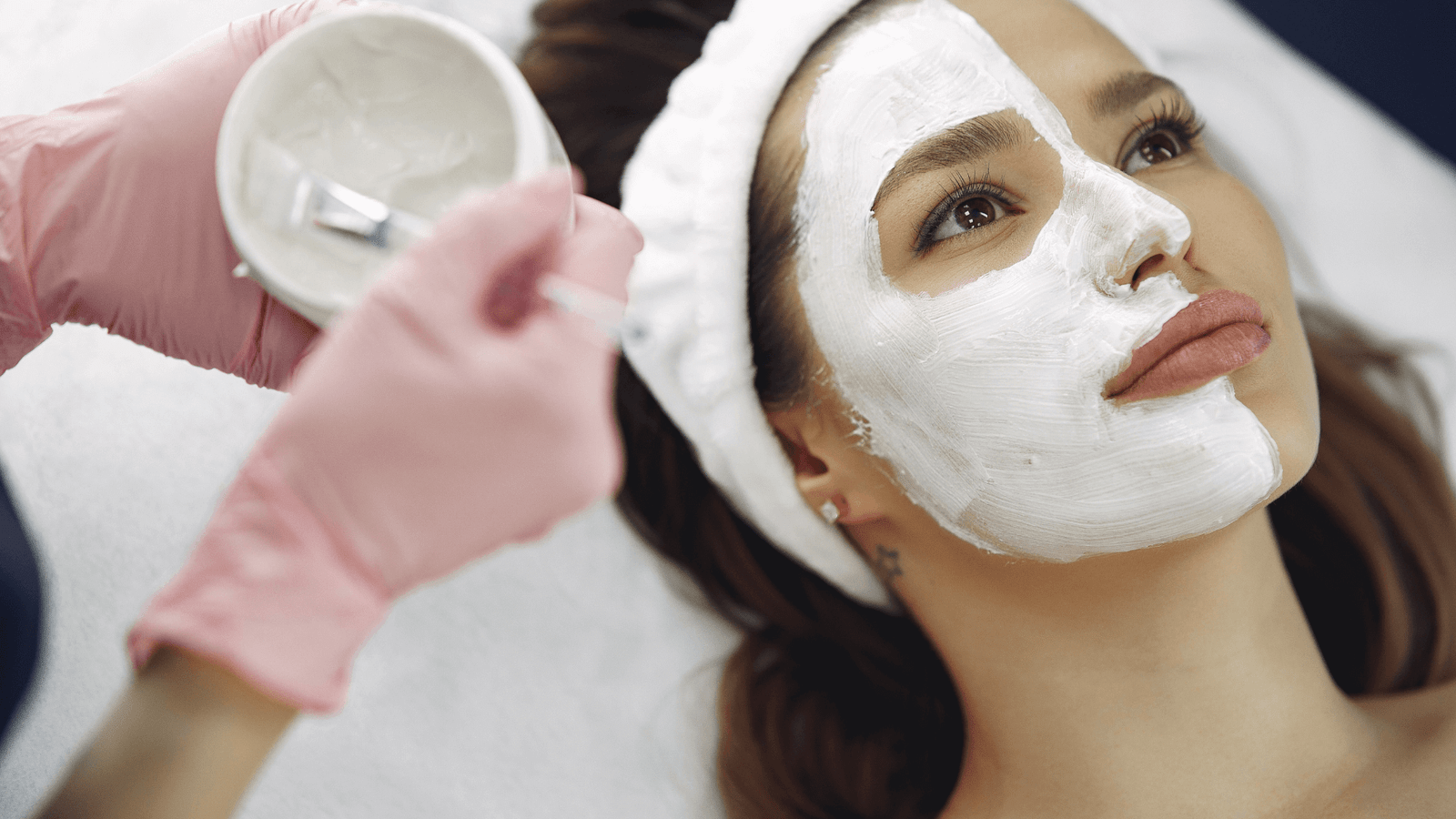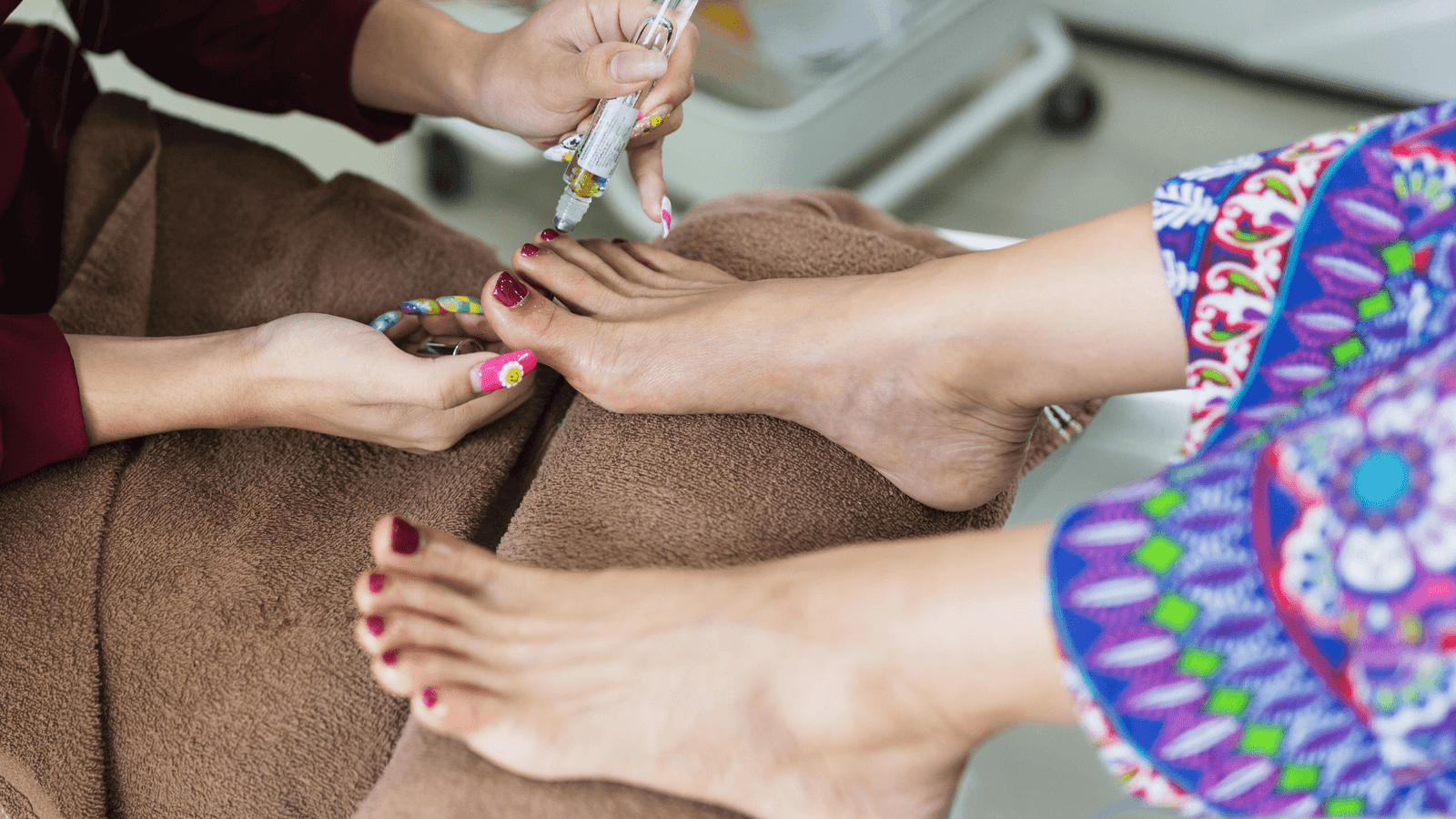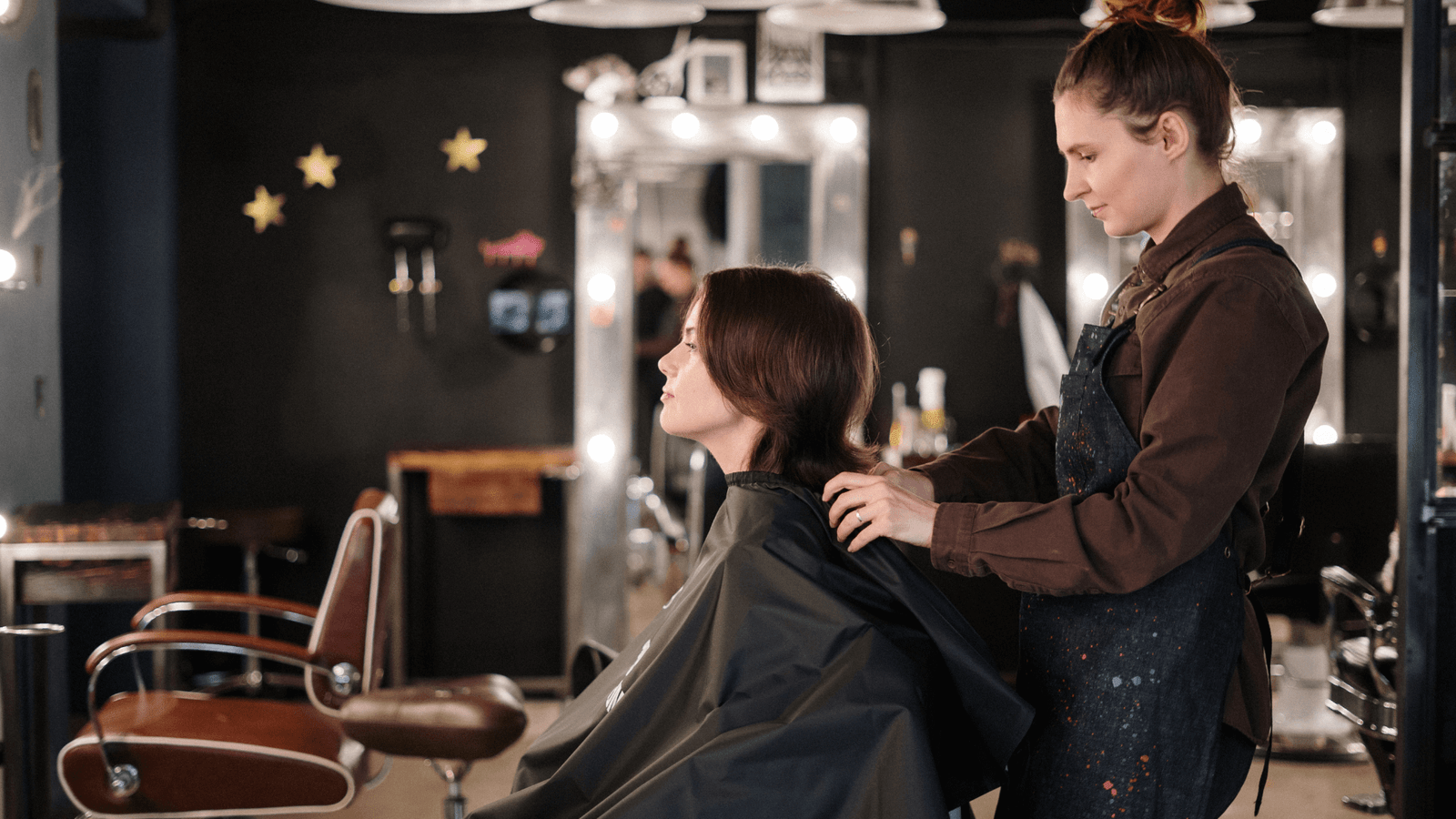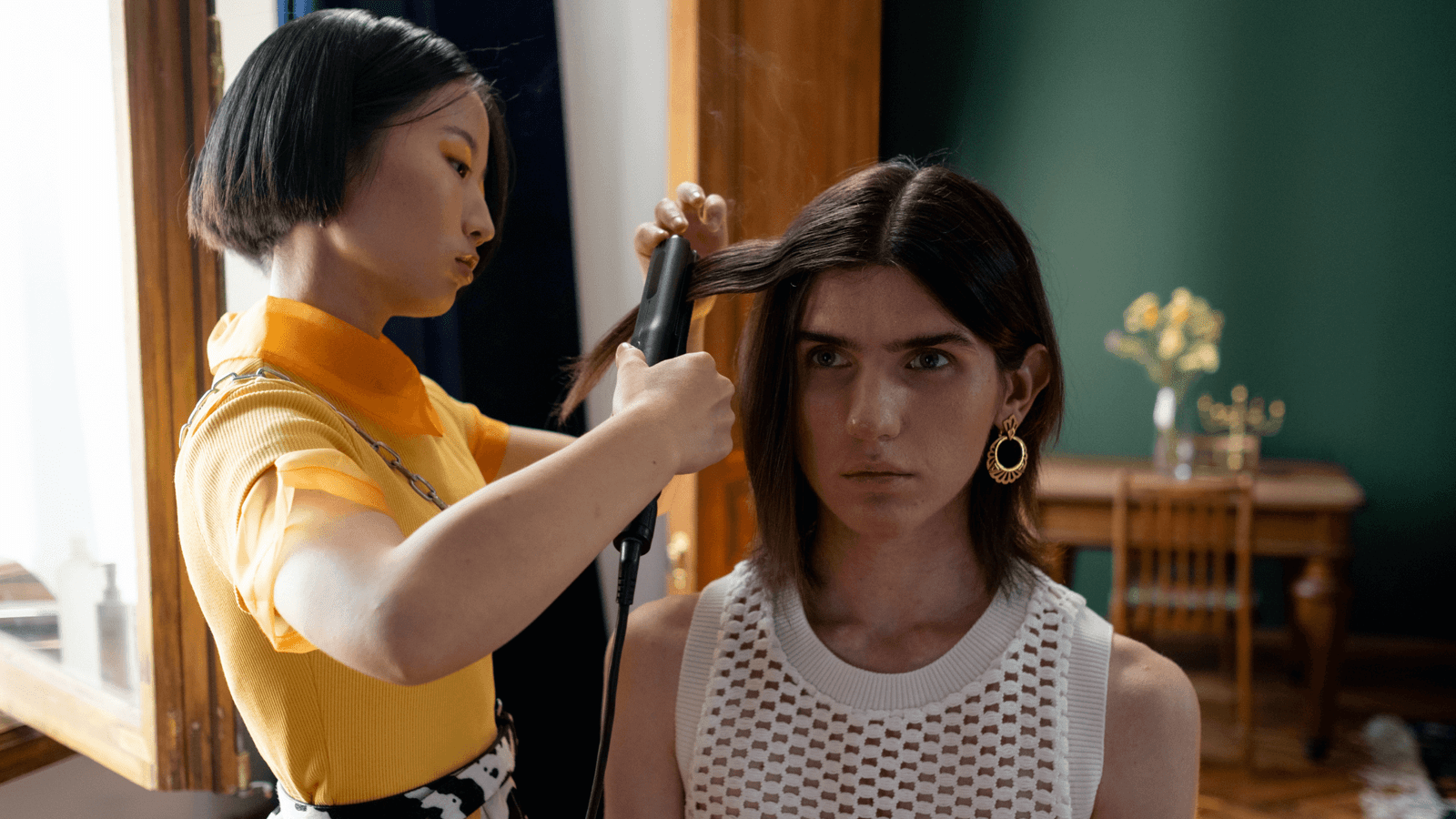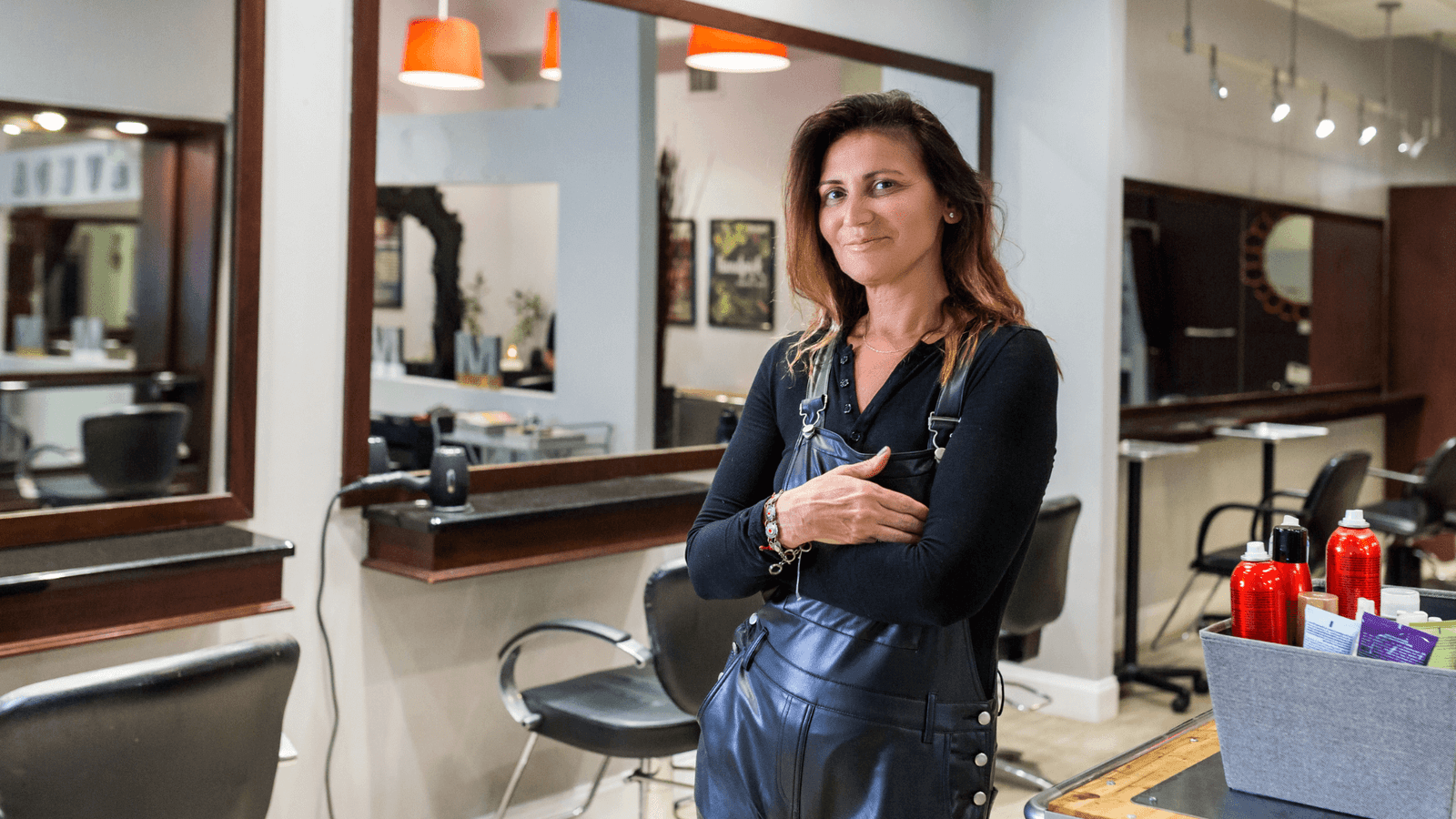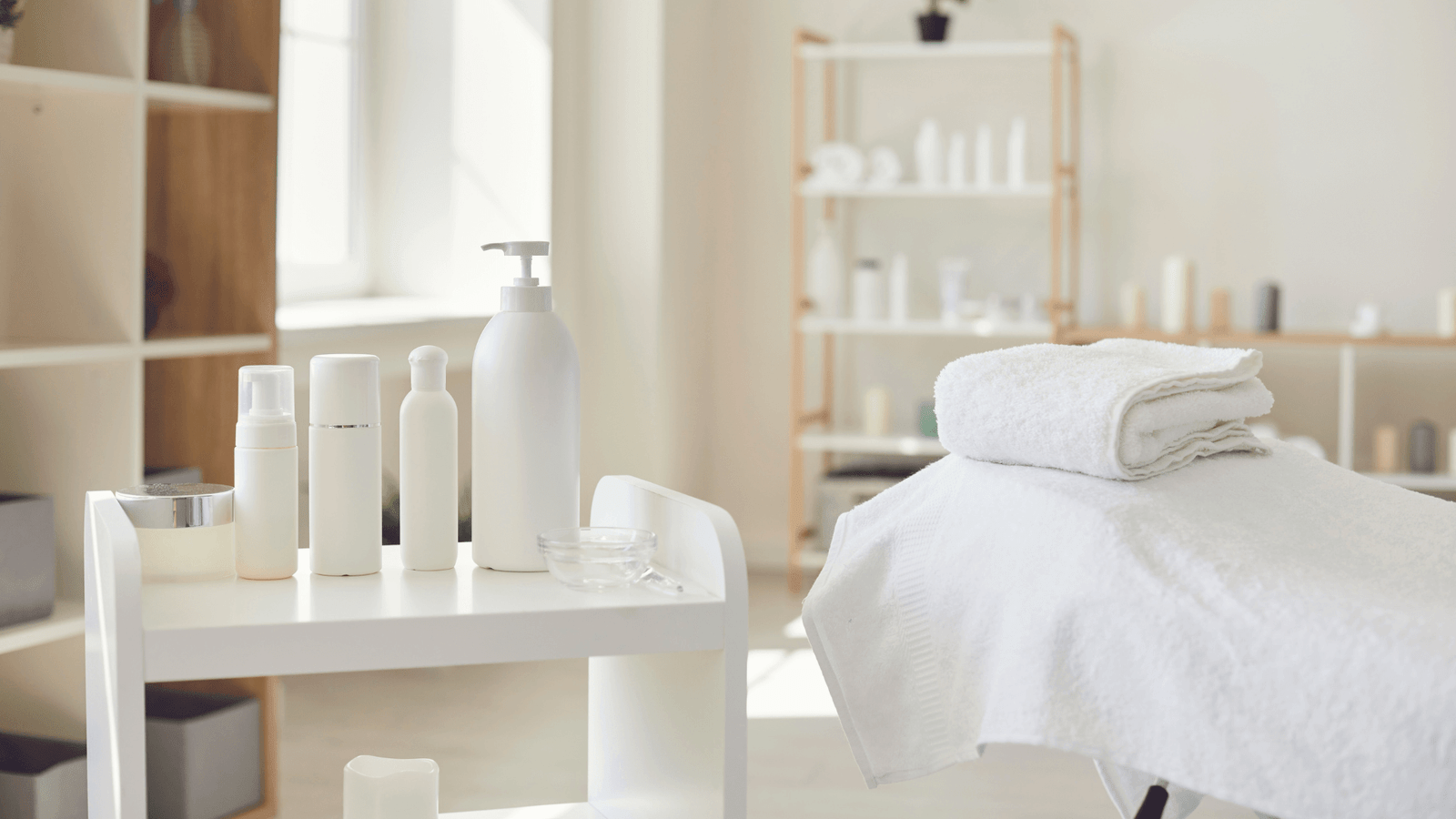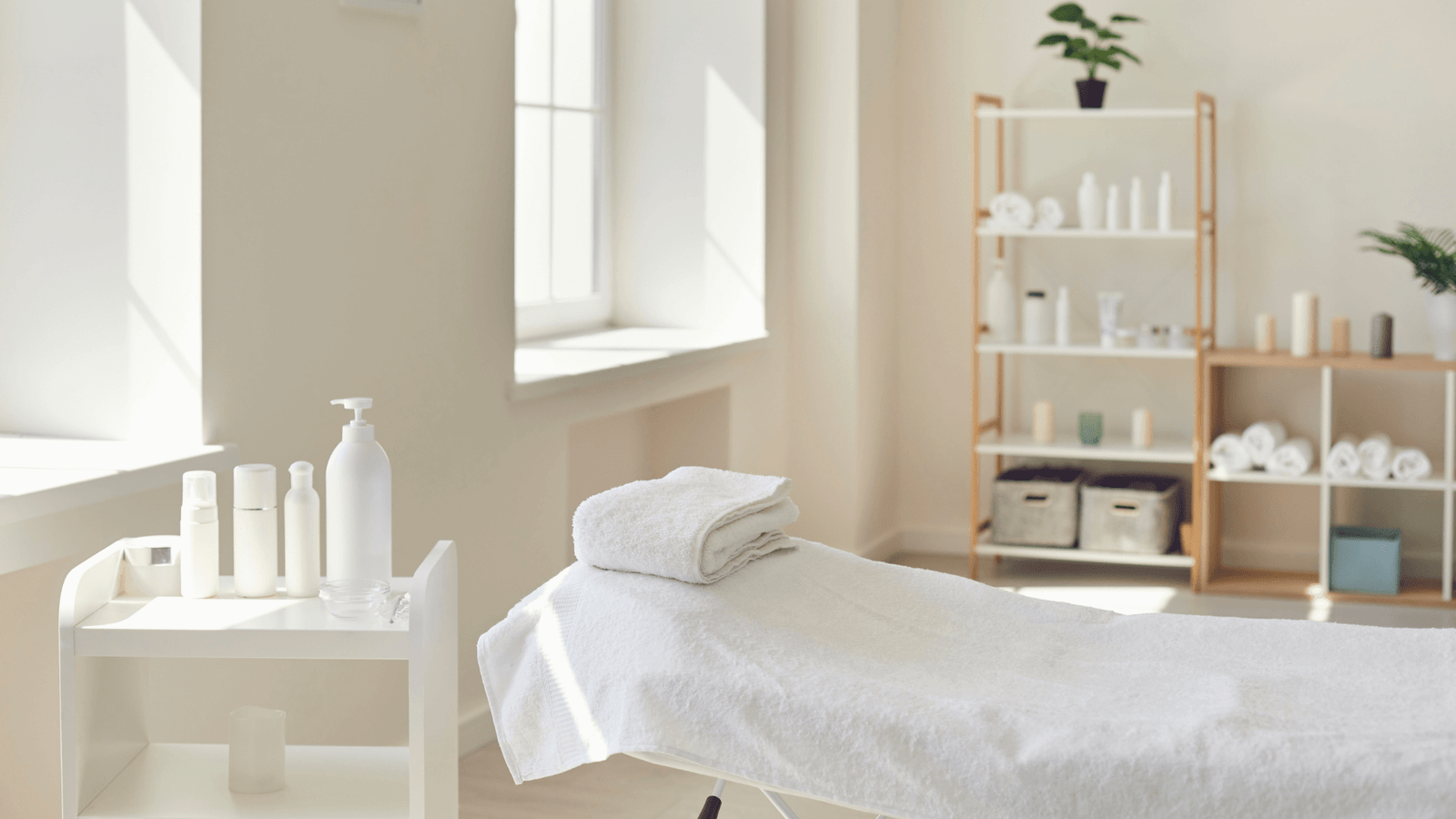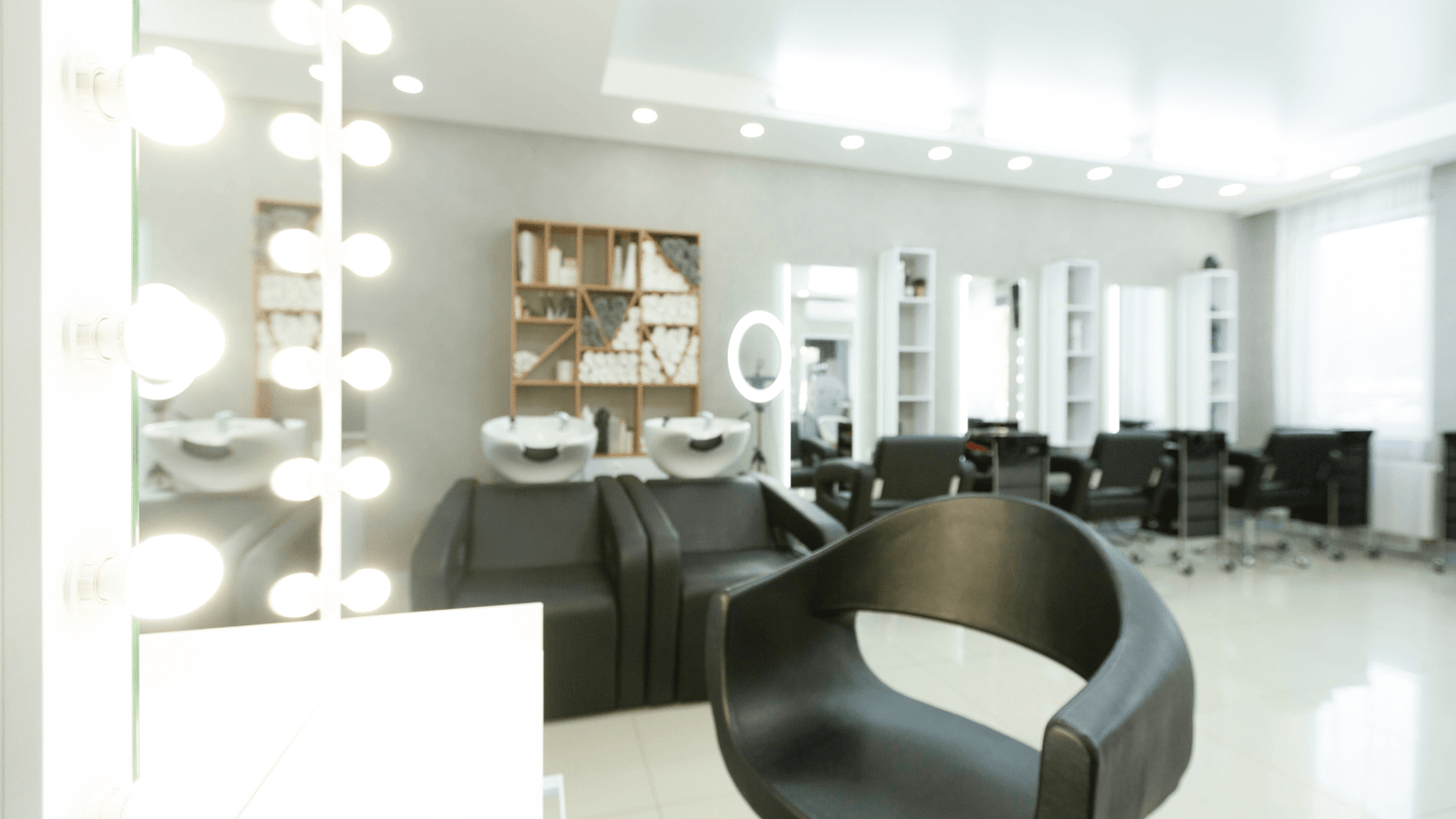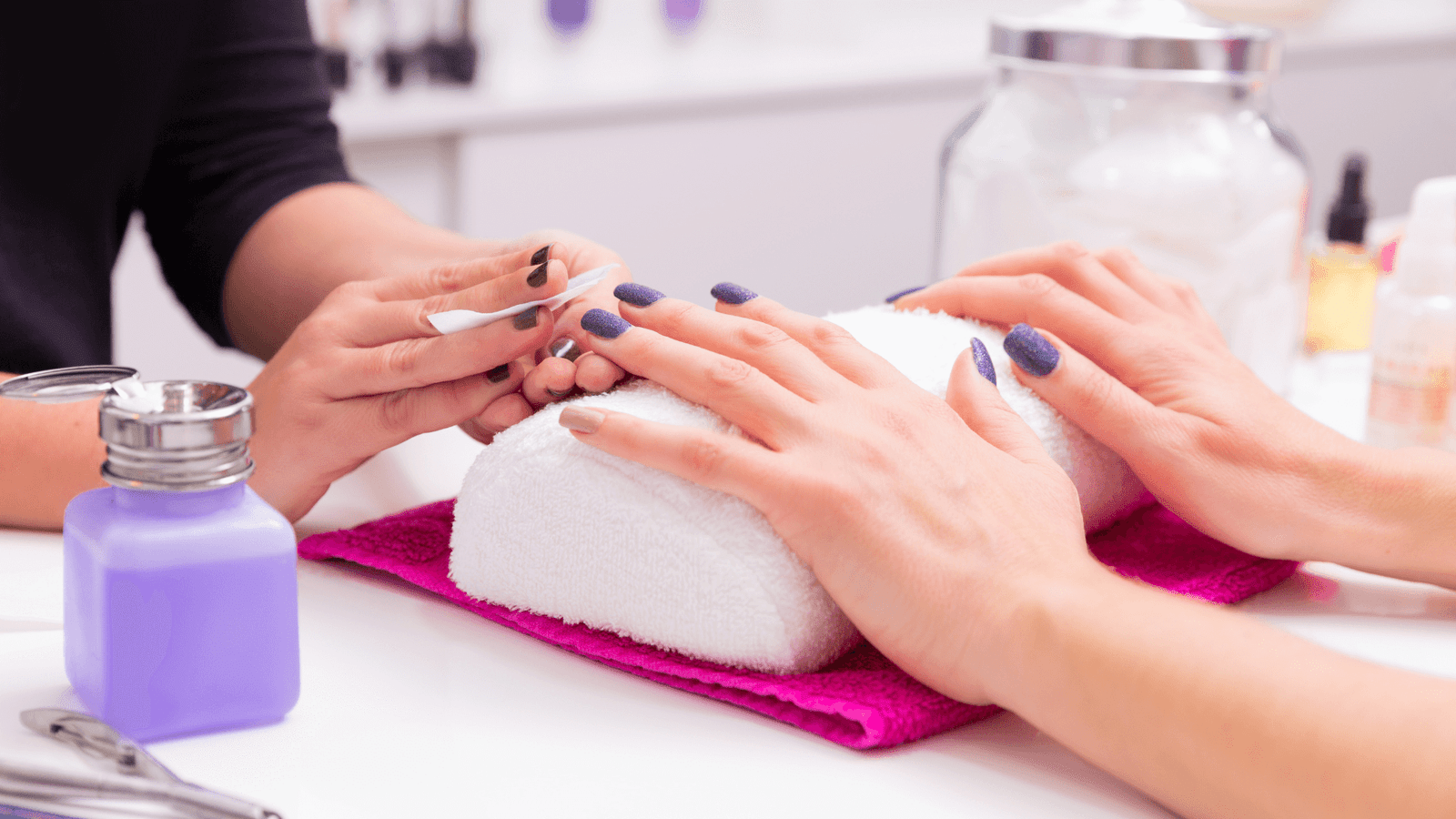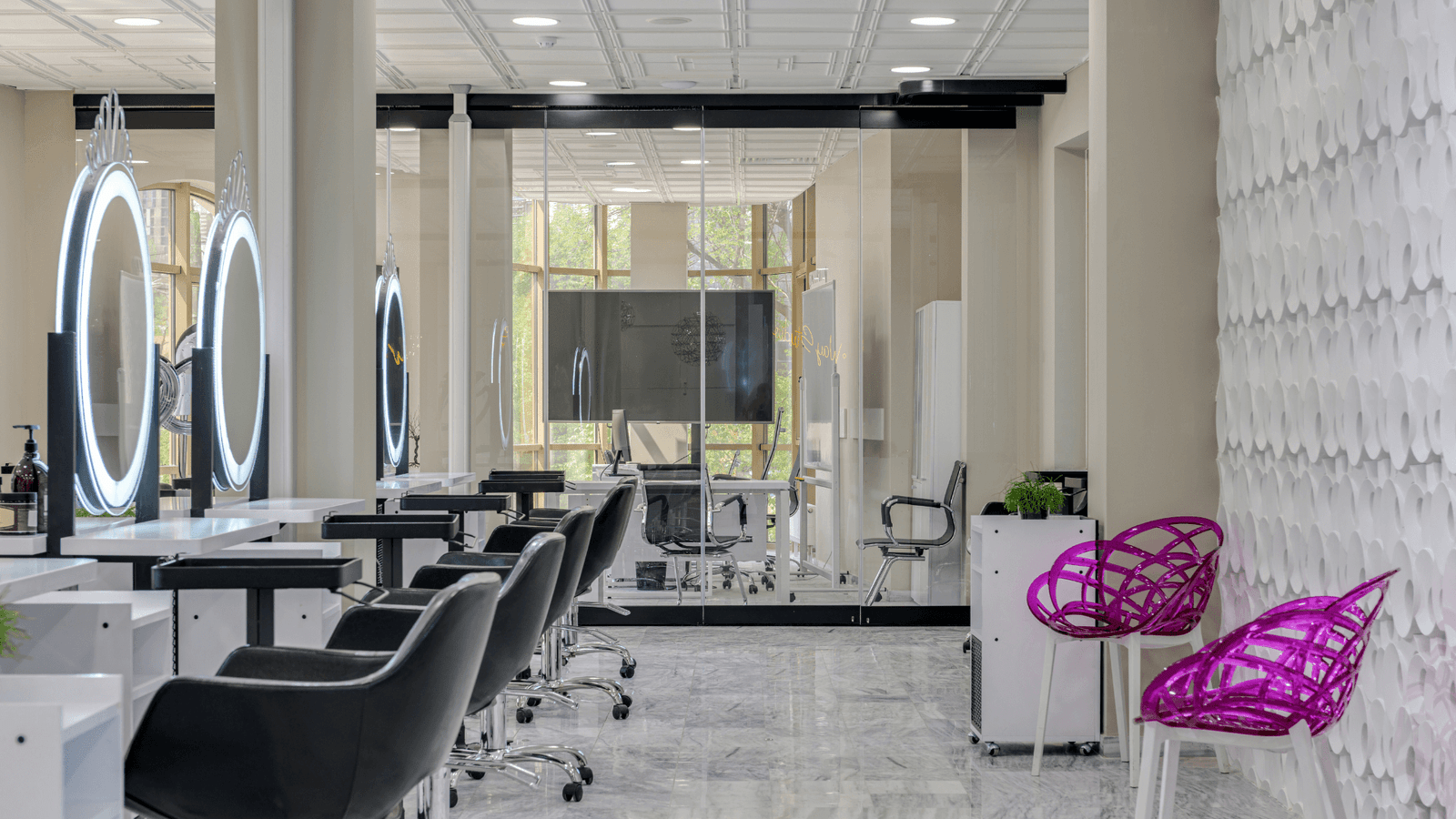Your salon transforms clients every day. But if Google can’t understand your business details, potential customers in your small town might never find you.
Local search is everything for beauty salons. When someone searches “hair salon near me” or “best colorist in [your town],” you want your business information to appear prominently with star ratings, hours, and services clearly displayed.
The competition is fierce. Every salon, spa, and beauty professional is fighting for the same local customers. And with 46% of Google searches looking for local information, getting found online isn’t optional anymore.
Here’s what hasn’t changed:
If you have the right website platform with powerful local SEO and schema markup capabilities, you can still dominate local search results. Not by hoping customers stumble across you, but by strategically implementing structured data that tells search engines exactly what your salon offers and where you’re located.
The best SEO-optimized platforms for beauty salons help you:
- Implement LocalBusiness and BeautySalon schema markup automatically
- Optimize for “near me” searches in your area
- Display rich results with ratings, hours, and contact information
- Connect seamlessly with Google Business Profile
- Rank higher for service-specific searches
These are the website platforms I recommend to small town beauty salon owners who want to capture more local search traffic through technical SEO optimization.
The best part?
These platforms handle the complex technical implementation while letting you focus on what you do best—making clients look and feel amazing.
My Top SEO Platforms for Beauty Salons
- Squarespace: Best built-in schema markup with automatic LocalBusiness implementation
- WordPress: Most powerful local SEO control with advanced schema customization
- Wix: Best beginner-friendly SEO tools with guided optimization features
Squarespace

Best for beauty salons that want automatic schema markup without technical complexity
Pricing: From $16 per month; 14-day free trial
Squarespace’s pricing ranges from $16 to $99 per month (billed annually), with the Core plan at $23/month being ideal for most beauty salons.
Squarespace built its reputation on design, but their technical SEO capabilities are what make it perfect for local beauty businesses.
Automatic Schema Markup Implementation
Squarespace’s SEO features include “automatic schema markup and mobile optimization” that work behind the scenes to help search engines understand your salon.
The platform automatically implements LocalBusiness schema markup, which is essential for beauty salons. For beauty businesses, this includes specific types like “BeautySalon, DaySpa, HairSalon” and other HealthAndBeautyBusiness categories that help Google categorize your services correctly.
This means when someone searches for “beauty salon near me,” your business information appears with rich results showing:
- Star ratings from customer reviews
- Business hours and contact information
- Location and directions
- Service categories and pricing hints
Built-in Local SEO Optimization
Squarespace includes “standard free SEO tools, such as mobile optimization and 301 redirects” that are crucial for local search performance.
The platform’s clean code structure and fast hosting contribute to better search rankings. Squarespace includes “auto-generated sitemaps, clean URLs, and mobile optimization” which are all ranking factors that Google considers when deciding which local businesses to show.
Google Business Profile Integration
Squarespace websites work seamlessly with Google Business Profile, ensuring your website information matches your local listing. This consistency is crucial for local SEO, as Google’s main goal is to “provide a high-quality search experience for users” by showing accurate business information.
Pros & Cons
| Pros | Cons |
|---|---|
| Automatic LocalBusiness schema implementation | Limited control over “advanced SEO elements like schema markup” |
| Beautiful, mobile-optimized templates | No free plan (only 14-day trial) |
| Fast hosting included | “Semi-rigid URL structure can be restrictive” |
| 24/7 customer support |
Squarespace Alternative: Webflow
Webflow offers similar design capabilities with more technical control, but requires significantly more technical knowledge to implement schema markup effectively.
WordPress
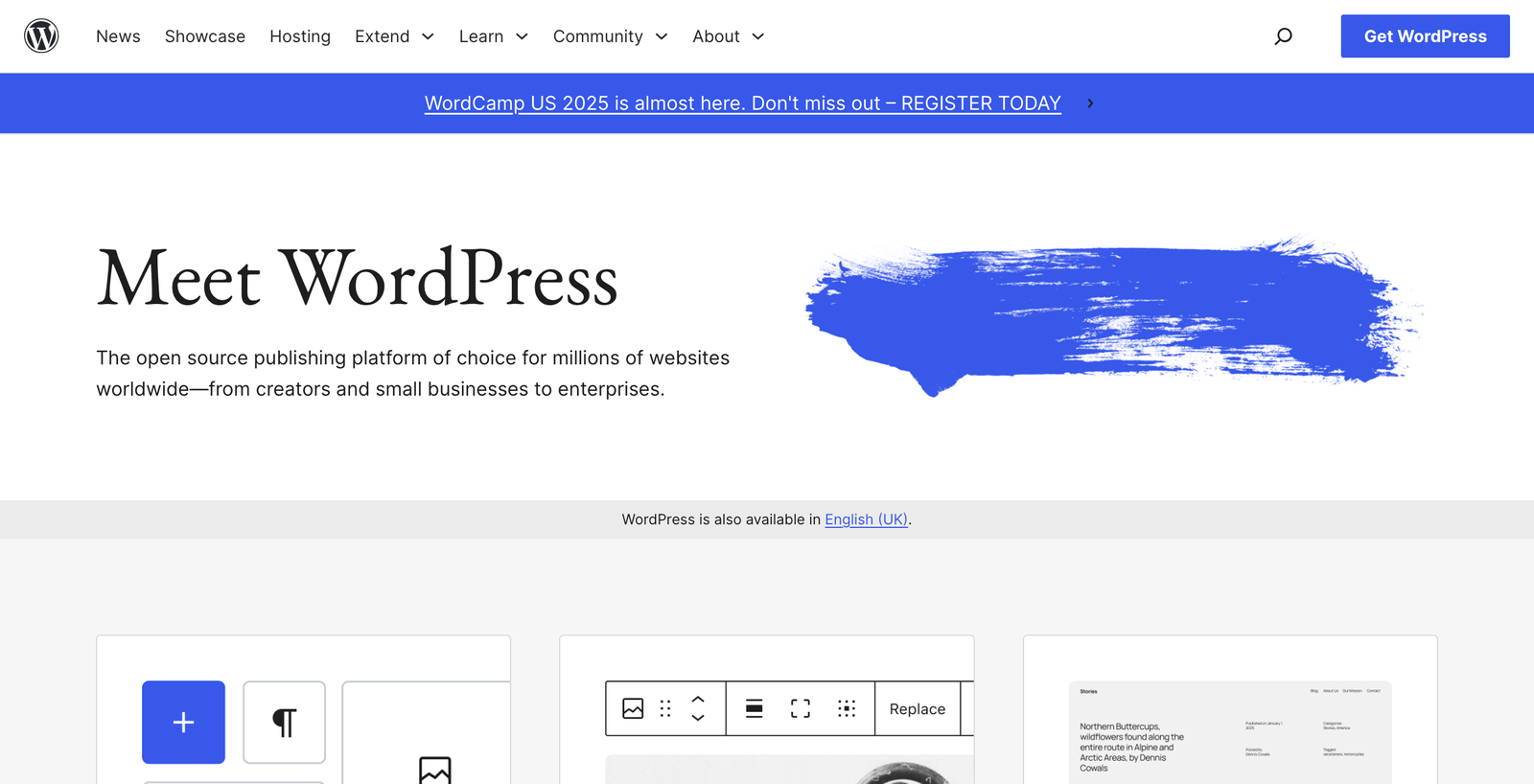
Best for beauty salons that want complete control over local SEO and schema implementation
Pricing: Free (self-hosted) + hosting costs ($3-25/month); WordPress.com from $4/month
WordPress is “the most powerful SEO platform, especially with plugins like Yoast SEO or Rank Math” giving you complete control over technical and on-page SEO elements.
Advanced Schema Markup Capabilities
WordPress excels at local business schema implementation through powerful plugins. With “over 60,000 plugins available,” WordPress can support advanced SEO features that other platforms can’t match.
The Yoast SEO and Rank Math plugins offer:
- Complete LocalBusiness Schema markup implementation
- BeautySalon-specific schema types
- Service-level schema for individual treatments
- Review and rating schema integration
- FAQ schema for common beauty questions
You can implement “Schema markup for local businesses like attorneys, doctors, home builders, plumbers, and restaurants” with the same level of sophistication available to beauty salons.
Local SEO Plugin Ecosystem
WordPress offers dedicated plugins for local SEO optimization:
Local SEO plugins help you:
- Create location-specific landing pages for multiple service areas
- Implement Google Business Profile integration
- Add local business schema automatically
- Optimize for “near me” searches with location-based content
Popular options include:
- Yoast Local SEO: $99/year for local business optimization
- Rank Math Pro: $59/year with local SEO features
- Schema Pro: $79/year for advanced structured data
Beauty Salon-Specific Templates
WordPress offers “40+ nail salon WordPress themes” and beauty salon templates designed specifically for the beauty industry.
These themes include “engaging testimonial sliders” and are “fully customizable in Elementor” while being optimized for local search from day one.
Complete Technical SEO Control
WordPress gives you “complete control over technical and on-page SEO elements” including:
- Custom URL structures for service pages
- Advanced internal linking for local authority building
- Page speed optimization for mobile users
- Custom schema implementation for unique services
Pros & Cons
| Pros | Cons |
|---|---|
| Most powerful SEO platform with complete control | Higher maintenance load and more setup time |
| Thousands of beauty salon-specific themes | Requires technical knowledge or developer |
| Advanced local SEO plugins available | Regular updates needed for security |
| No monthly platform fees (only hosting) | Hosting costs separate from platform |
WordPress Alternative: Drupal
Drupal offers similar power and flexibility but with an even steeper learning curve. WordPress provides the best balance of capability and community support for beauty salon owners.
Wix
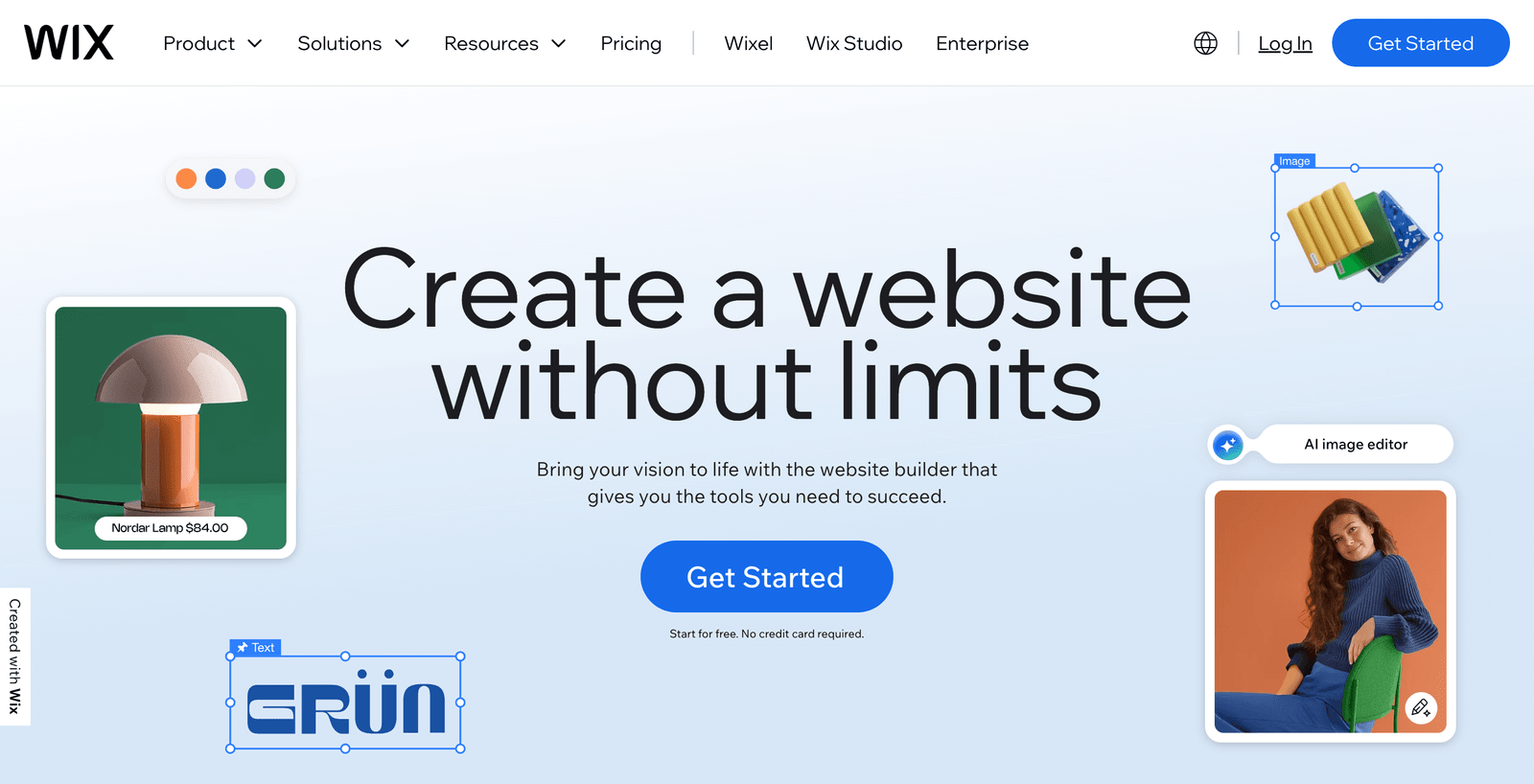
Best for beauty salon owners who want guided SEO optimization with beginner-friendly tools
Pricing: From $17 per month; free plan available
Wix plans start at $16 per month and go up to $159 per month, with the Core plan at $29/month recommended for beauty salons needing online booking integration.
After more than 300 hours of data collection, Wix is “the best website builder overall” for business owners who want powerful features without technical complexity.
SEO Wiz and Guided Optimization
Wix provides “a personalized SEO checklist” that’s “especially useful for beginners, since it helps you identify issues and areas to optimize”.
The SEO Wiz walks beauty salon owners through:
- Setting up LocalBusiness schema markup
- Optimizing service pages for local keywords
- Creating location-based content for your town
- Implementing proper meta descriptions and title tags
- Connecting Google Business Profile integration
Advanced SEO Integrations
Wix helps you “generate and analyze keywords with its Semrush integration, ensuring your content caters to both search engines and readers”.
Additional SEO features include:
- AI meta tag creator that “automatically generating optimized title tags and meta descriptions”
- Google Business Profile integration for “valuable insights that improve your visibility”
- Lumar (DeepCrawl) integration to “understand and fix technical issues”
Local SEO App Marketplace
Wix’s app marketplace has “over 800 apps to choose from, massively extending the functionality of your site”.
For beauty salons, this includes:
- Local business listing management apps
- Review collection and display widgets
- Appointment booking systems with schema markup
- Google Maps integration for location pages
Schema Markup Support
While Wix is “set up to accept schema markup,” it “doesn’t have a markup generator”, but the platform handles basic LocalBusiness implementation automatically through its business information settings.
Pros & Cons
| Pros | Cons |
|---|---|
| Personalized SEO checklist for beginners | Limited control over “advanced SEO elements like schema markup” |
| Extensive app marketplace for local business needs | Slower site speed for larger websites |
| Semrush integration for keyword research | Premium apps can get expensive |
| Free plan available to test features | Custom domains require upgrades |
Wix Alternative: GoDaddy Website Builder
GoDaddy offers similar ease of use with basic SEO tools, but lacks Wix’s advanced integrations and comprehensive local SEO features.
Other Tools I Use in My Beauty Salon SEO Workflow
Managing local SEO effectively requires more than just the right website platform.
For small town beauty salons, I also recommend these tools for maximizing local search visibility:
- Google Business Profile for managing your primary local listing and collecting reviews
- Schema Markup Validator from Google for testing structured data implementation
- BrightLocal for monitoring local search rankings and citation consistency
- Google Search Console for tracking local search performance and keyword insights
- Trustmary for collecting and displaying customer reviews with proper schema markup
The website platforms above represent the best options for implementing technical SEO and schema markup as a beauty salon owner.
Squarespace offers the most automated approach with built-in schema markup. WordPress provides maximum control if you’re willing to learn or hire help. Wix delivers guided optimization that’s perfect for beginners.
Start with the platform that matches your technical comfort level, then focus on implementing LocalBusiness and BeautySalon schema markup to help search engines understand your services.
Your expertise in color, cuts, and client care deserves a website that helps your community find you online.
